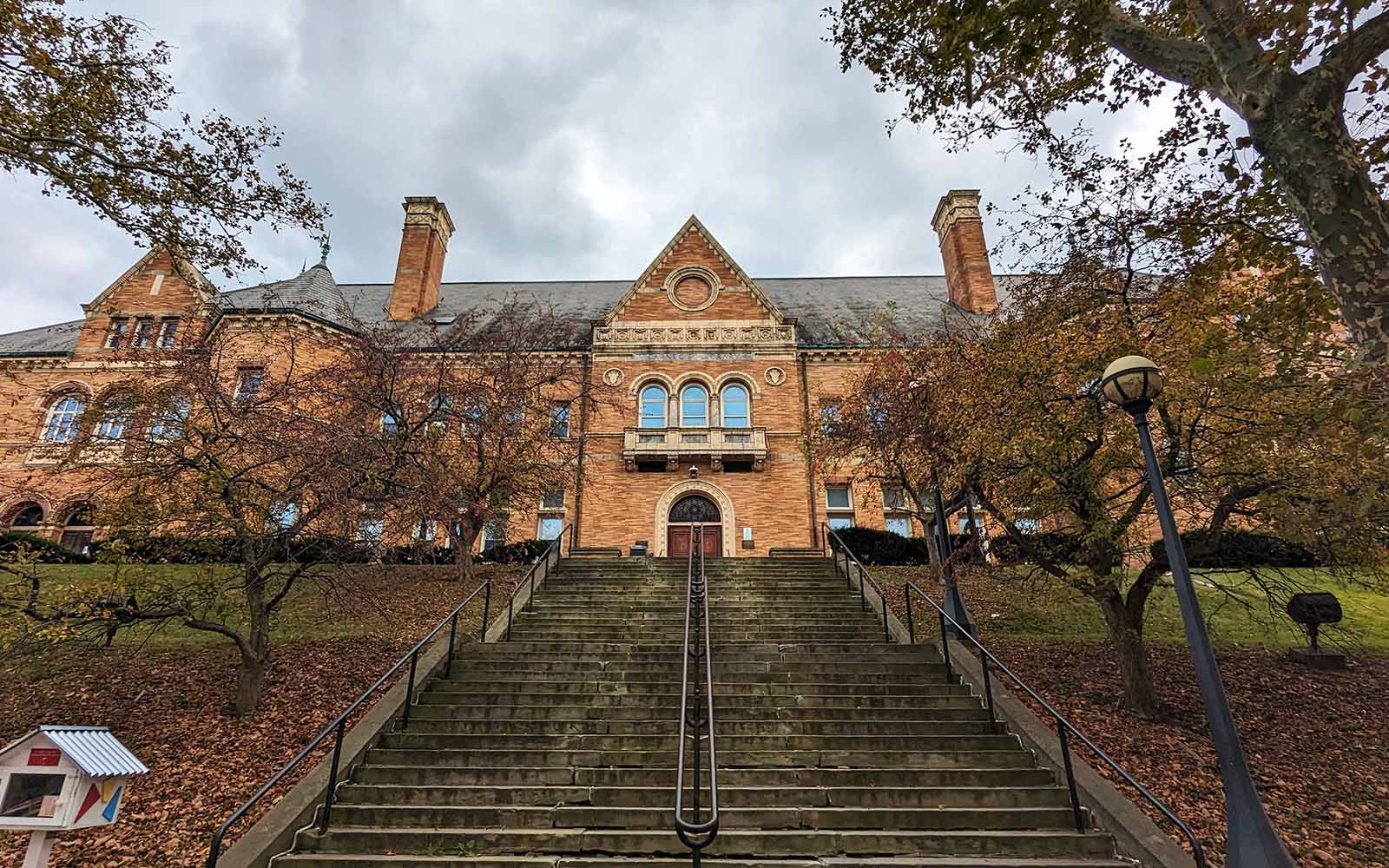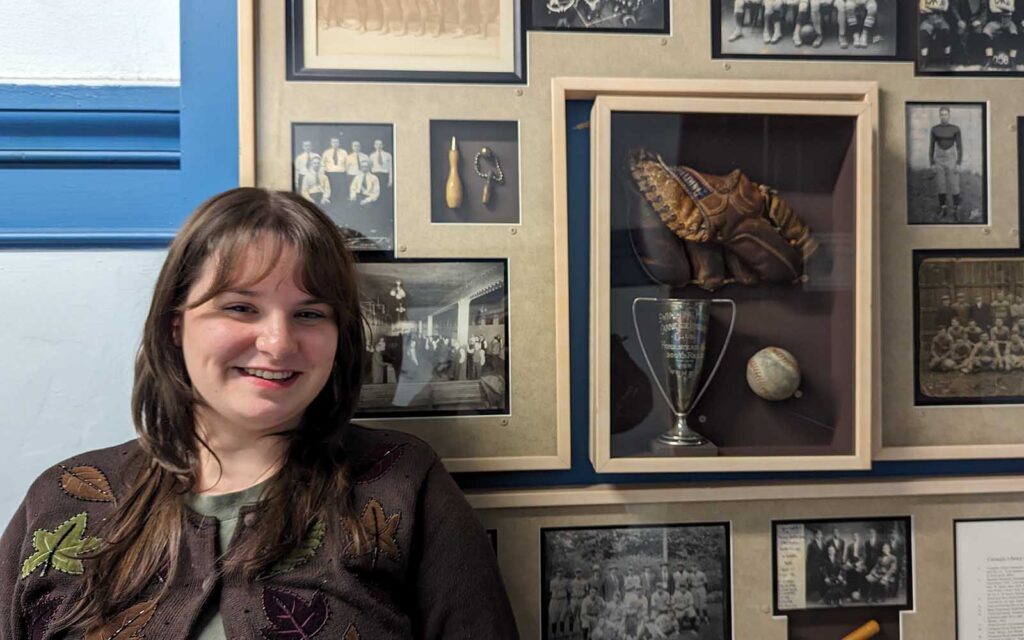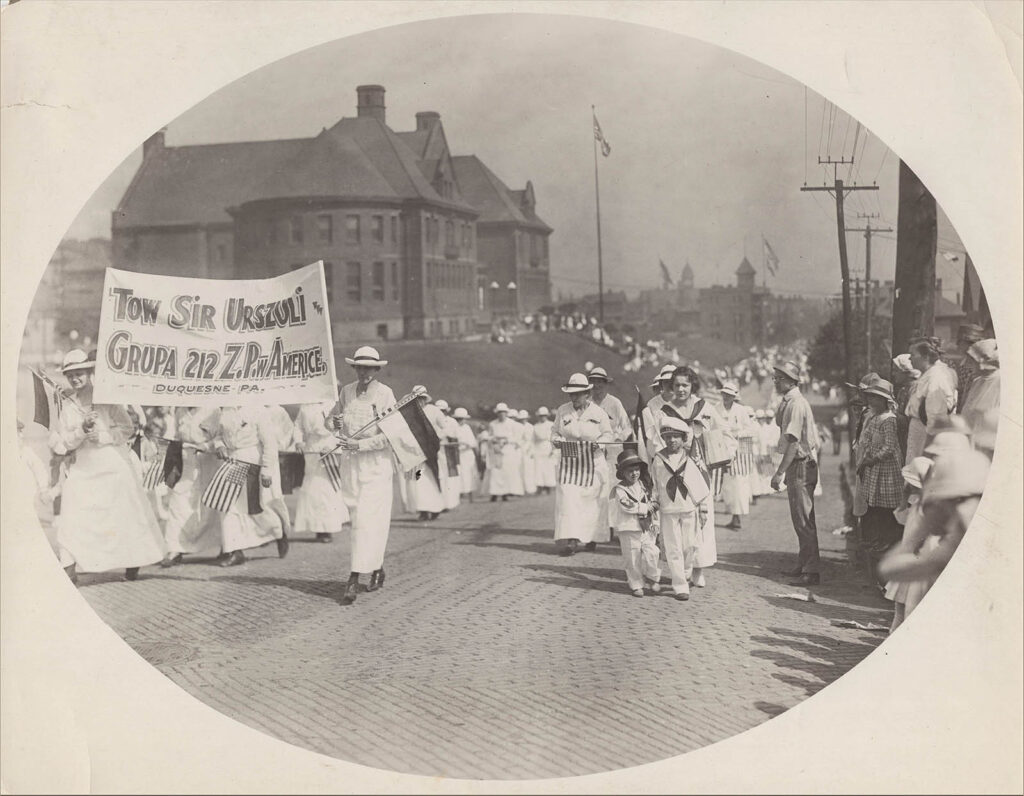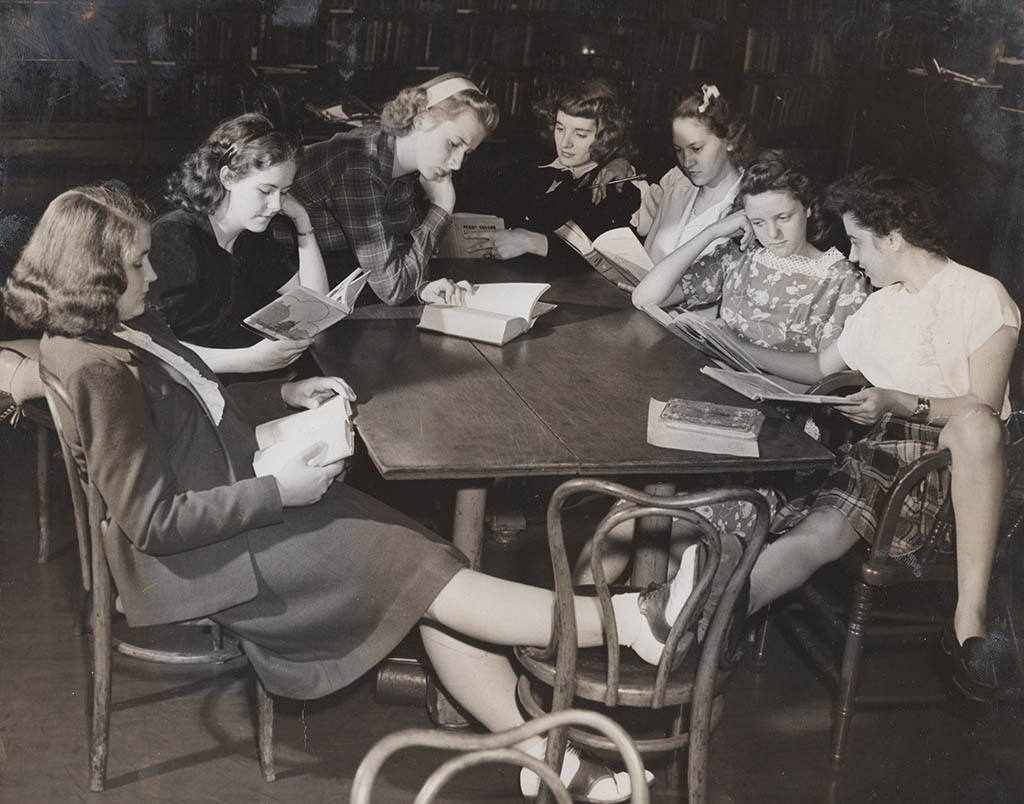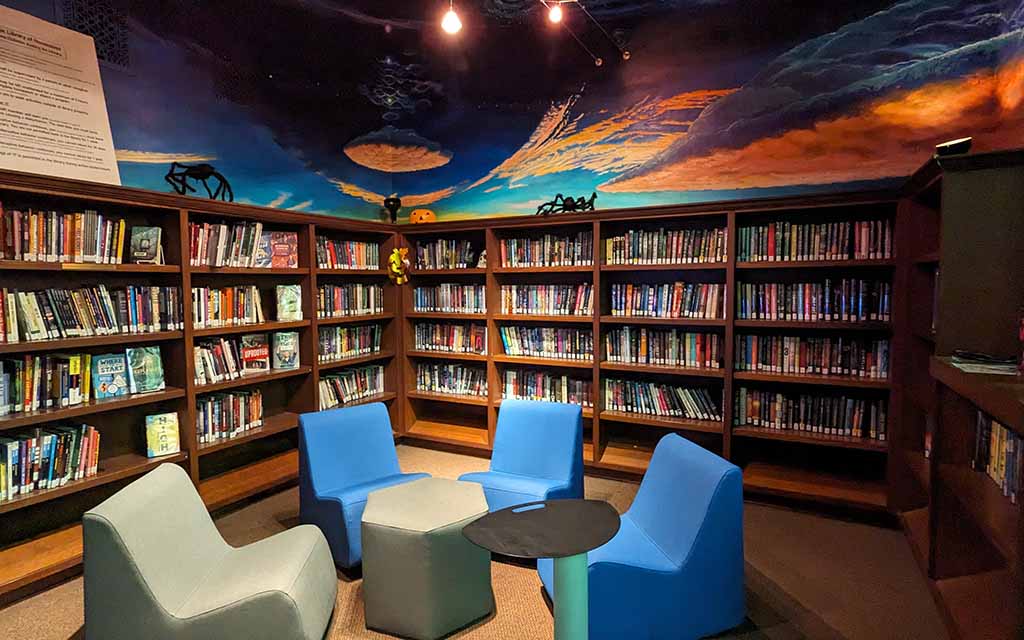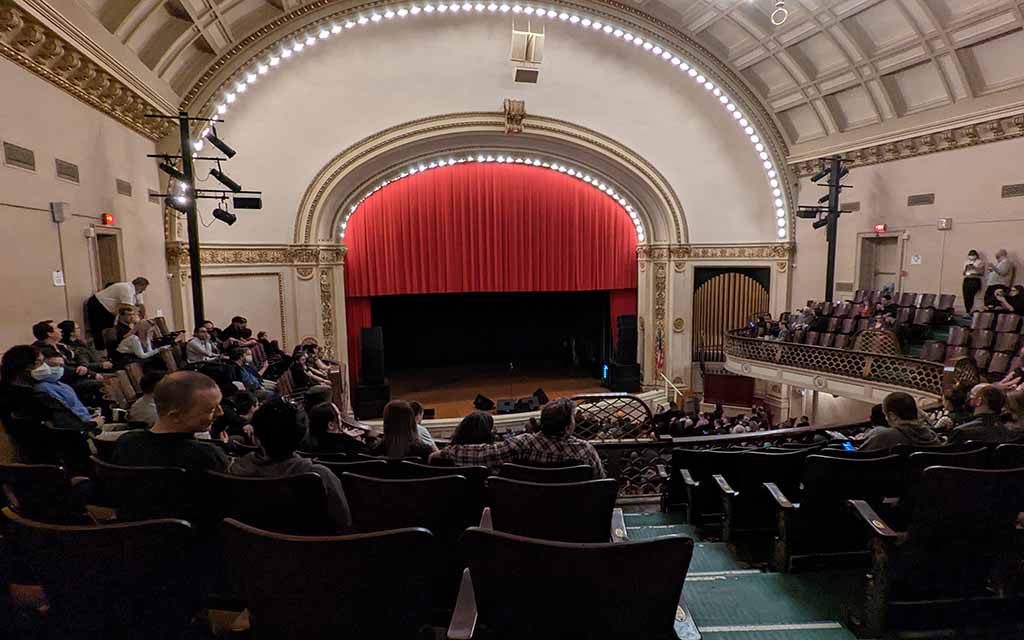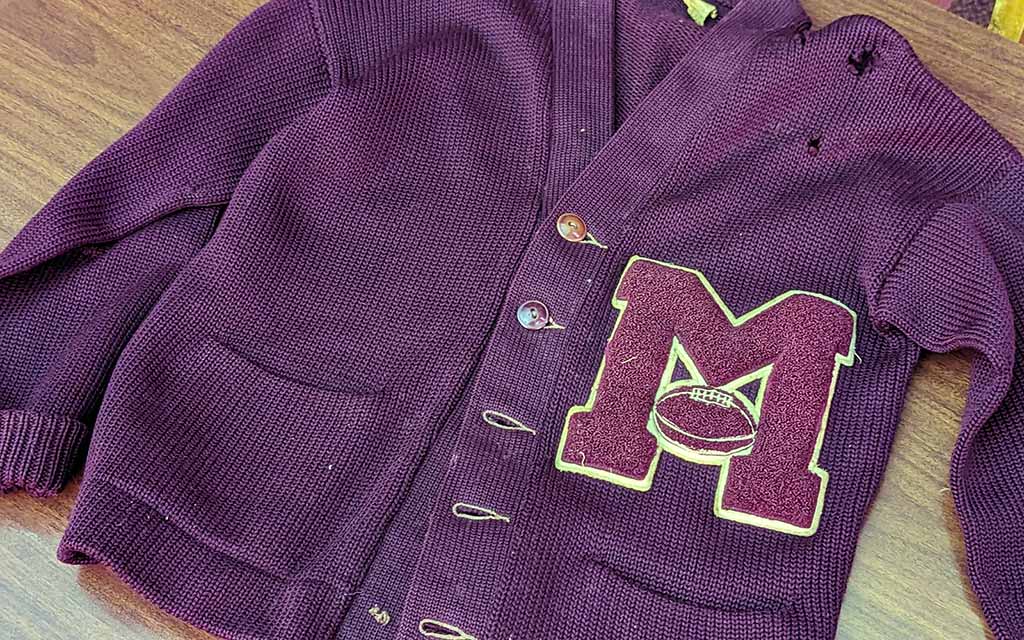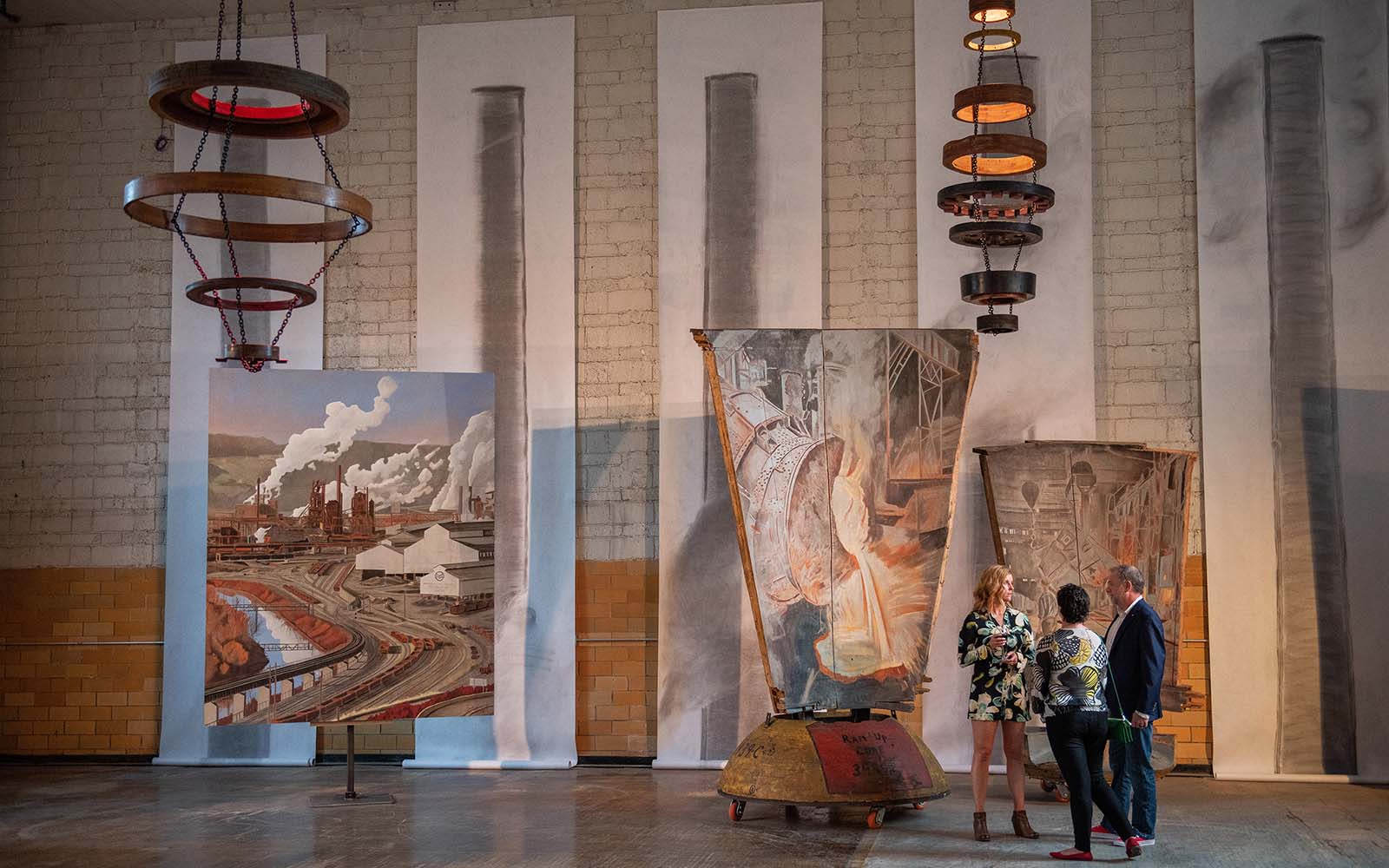
Community Spotlight—Patterns of Meaning
The Community Spotlight series features the efforts of Rivers of Steel’s partner organizations, along with collaborative partnerships, that reflect the diversity and vibrancy of the communities within the Rivers of Steel National Heritage Area.
By Gita Michulka, Contributing Writer
Patterns of Meaning Project Bridges a Century of Craftsmanship and Artistry
Cory Bonnet is an oil painter and sculptor by trade, known for utilizing salvaged materials as his inspiration. He also is the director of the arts corridor project for Pittsburgh Gateways, a business accelerator based at the Energy Innovation Center. Thanks to his reputation for reuse and two chance discoveries, he can now add “preservationist of some of the region’s oldest steel-industry foundry patterns and blueprints” to his repertoire.
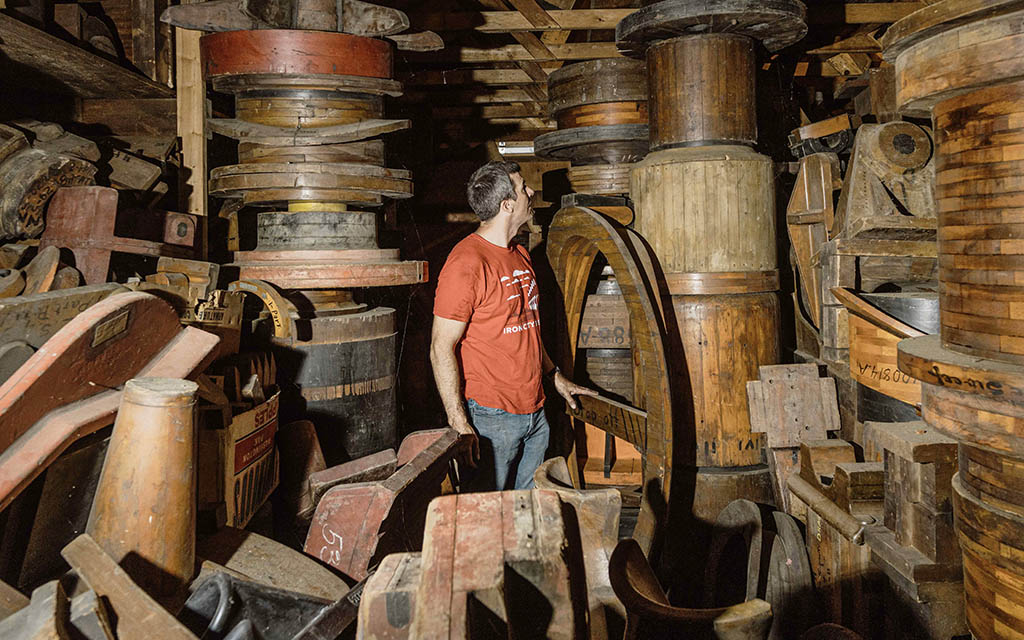
Cory Bonnet surveys the foundry patterns discovered in an Ohio barn.
The Hoard from Ohio
The discovery of a barn full of wooden foundry patterns in Ohio led to the formation of Patterns of Meaning, an ongoing, wide-scale preservation project based in the Energy Innovation Center studio that serves as Bonnet’s home base.
Bonnet explains, “There is a scrap metal dealer, Chip Barletto, who really appreciated some of the industrial artwork I was creating. Through Chip, we got access to this collection that was found in a barn in Youngstown. To buy it, it was an all-or-nothing situation—and I said yes, sight unseen.”
It turns out that collection consisted of ten twenty-six foot long box trucks full of materials, including foundry patterns, blueprints, and drawings. But there was a catch: the wooden forms were massive and were stored on the upper level of the barn.
“I quickly realized that when you’re dealing with people that work in the steel industry, their concept of scale and size is completely distorted from normal people,” laughs Bonnet. Inspired by the thought of the folks who built and moved the materials by hand in the first place, they were able to remove and relocate the whole collection to Pittsburgh.
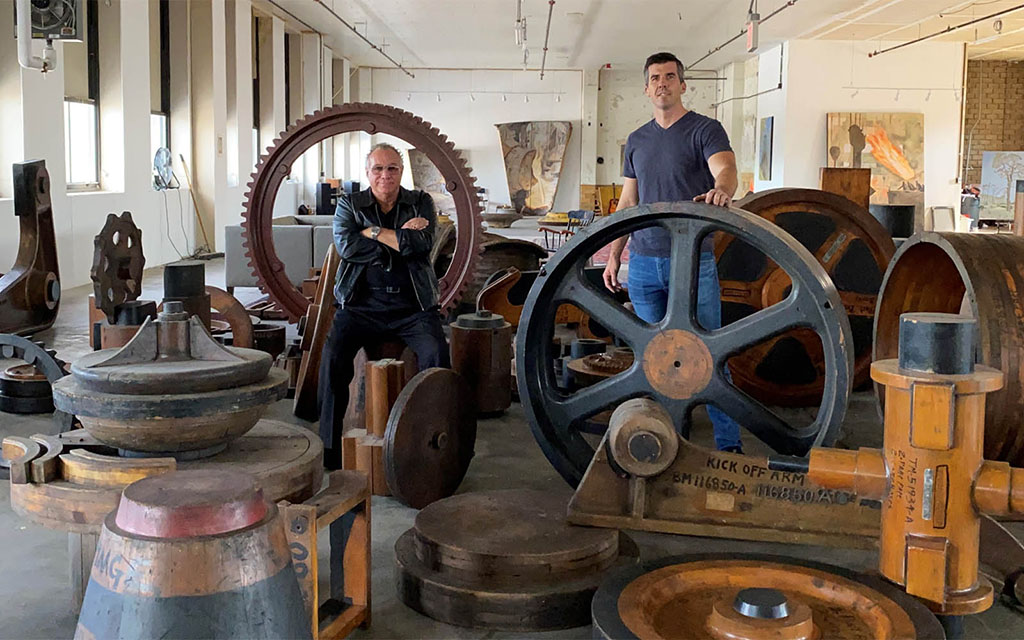
Chip Barletto and Cory Bonnet surrounded by foundry patterns.
Patterns Transformed
For their initial industrial use, the foundry patterns consisted of wooden forms that were pressed into sand. The wood form was then removed, and iron or steel was poured into that void to create a part. After that, it was machined, and each part was assembled with other parts to run boiler rooms, power stations, rolling mills, or a myriad of other industrial and transportation uses.
“These patterns were just this really new, inspirational project that drew a whole group of artists together,” says Bonnet. “The patterns are just so beautiful—they’re utilitarian, they have a purpose . . . when you look at the design, the construction—understanding that they were all created by hand—in many cases electricity wasn’t even used. The processes to create one part that then fits into the larger scheme and mechanism just to power the steel mills that built everything, it almost seems impossible what past generations built from nothing.”
Bonnet was joined by a team of artists for this project, including A.J. Collins, Brian Engel, Nate Lucas, Andrew Moschetta, Mia Tarducci, and Angela Tumolo-Neira. Using a variety of mediums that included glass, woodworking, sculpture, oil painting, and ceramics, the team set forth to transform these patterns into artworks that celebrate the craftsmanship and industrial forces behind their original creation.
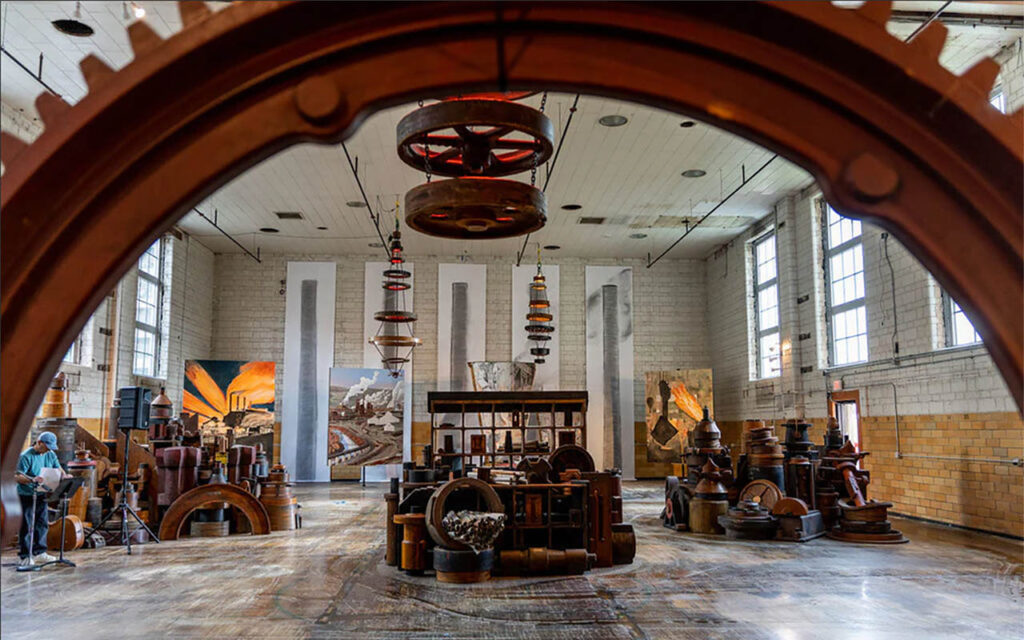
Patterns of Meaning at the Energy Innovation Center.
A display of the artwork the team has created so far is now on permanent display at the Energy Innovation Center.
“For us to figure out a narrative and a way to express our appreciation for the infrastructure that [these patterns] created and the level of comfort that has been granted to us because of all that sacrifice and hard work—it just opened up the creative possibilities,” notes Bonnet. “We can showcase the beauty of these objects, but also push it a little bit further and add our own design and our own creativity to them to kind of continue that story.”
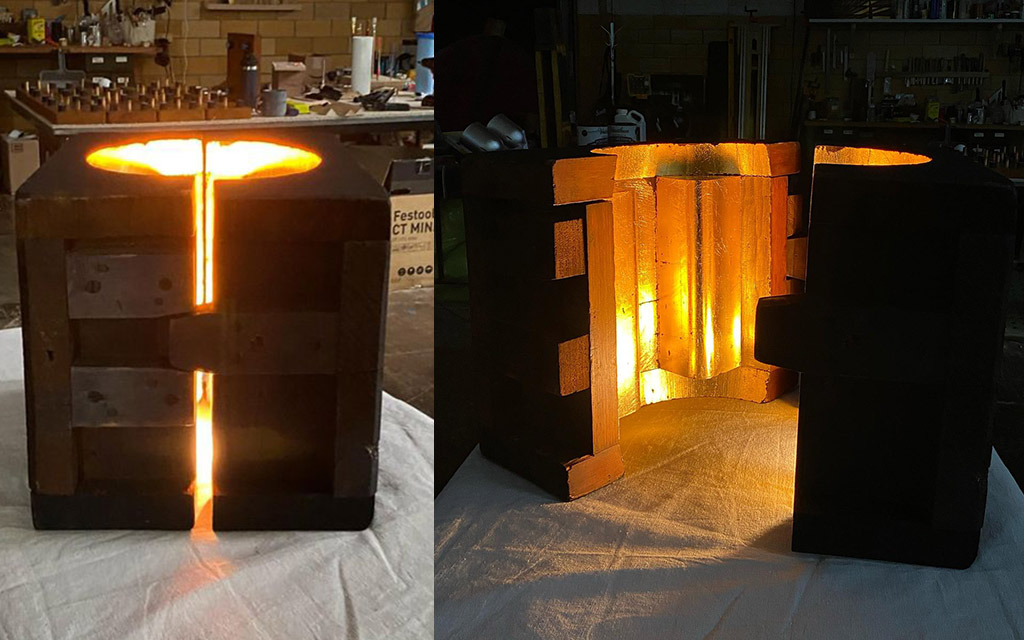
Cory Bonnet gilded and lit the inside of a hinged mold, creating a glow that recalls molten steel in a cauldron.
The Collection in McKeesport
More recently, Bonnet also gained access to a second large-scale collection of foundry patterns and steel industry artifacts from U.S. Steel—a collection that had been under the stewardship of Regional Industrial Development Corporation (RIDC), who worked with Rivers of Steel, in conjunction with the Pennsylvania State Historic Preservation Office to determine the significance of the artifacts.
Ron Baraff, director of historic resources and facilities for Rivers of Steel, had previously identified select patterns—ones designated to be historically significant to our region’s industrial heritage—which were donated to Rivers of Steel’s archives by the RIDC. For the remaining patterns, Rivers of Steel and RIDC were looking for an opportunity to save the rest of the lot. After being notified by Baraff, Bonnet jumped at the chance to grow Patterns of Meaning.
“When we got to this warehouse in McKeesport, everything was stored on the third, fourth, and fifth floors—and there was no power, no windows, no elevator. They walked us in and said, ‘Can you get this stuff out?’” laughs Bonnet. “I was like, ‘Yeah, absolutely. We’ll figure it out.’”
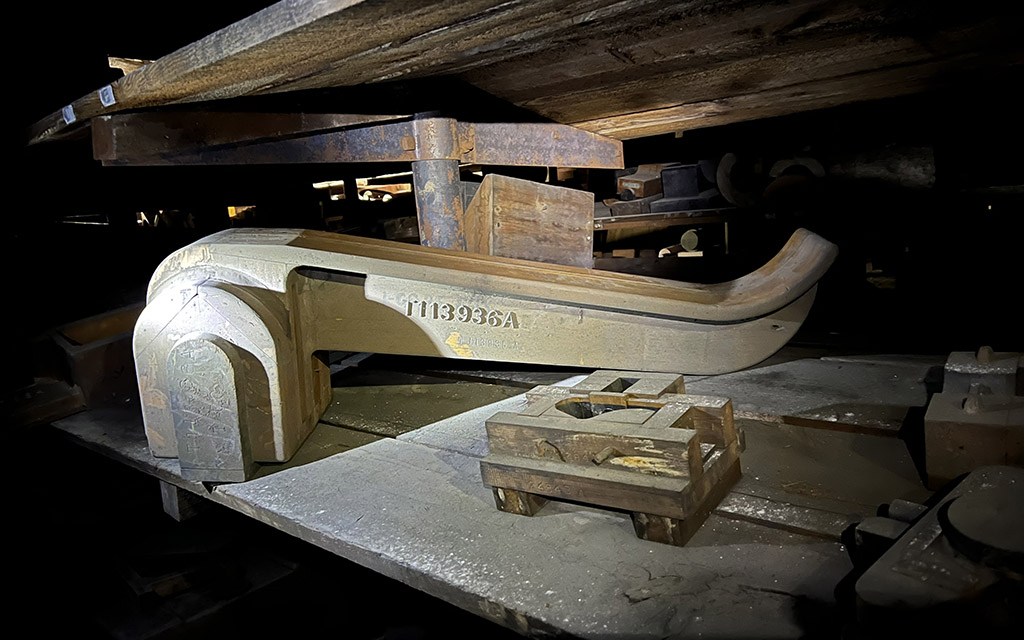
Presumably a lever, this foundry piece is just one of a wide variety of shape used to cast parts for the National Tube Works in McKeesport.
With the help of funding from the Rivers of Steel Mini-Grant Program, the team is working to remove the collection for storage and cataloguing at the Energy Innovation Center studio. In the process, they are identifying additional items that are destined for the Rivers of Steel archives.
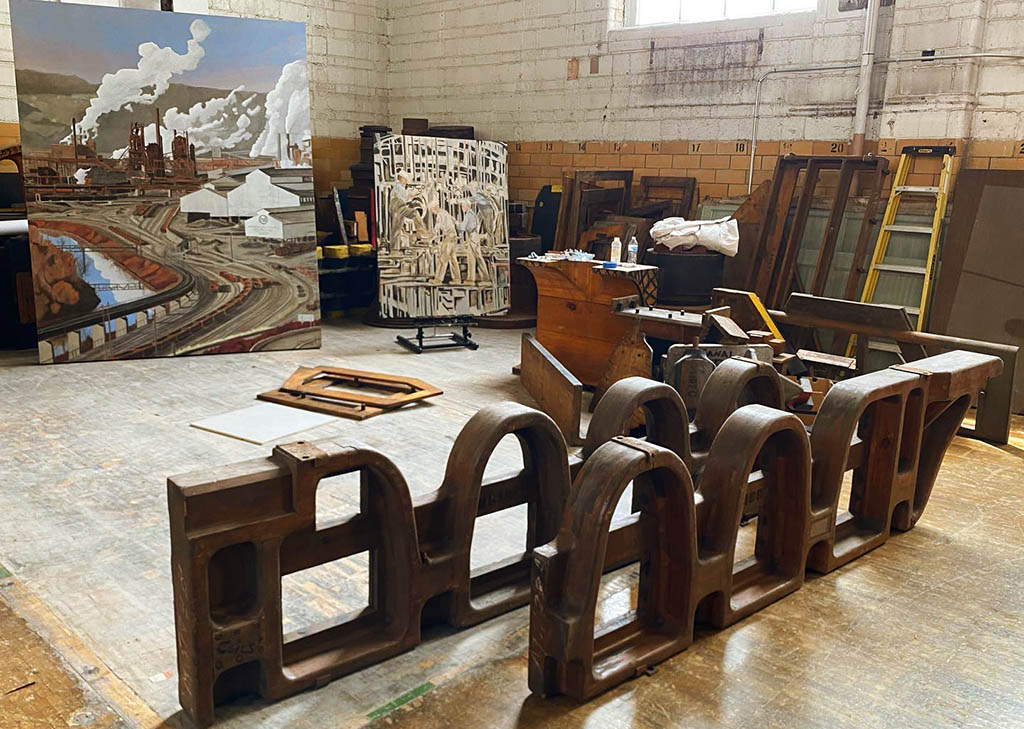
Patterns from National Tube Works in the EIC studio space.
The patterns found in McKeesport come from the National Tube Works, which was part of U.S. Steel. They helped create and maintain the mill, making this find an exciting piece of our regional history.
“Rivers of Steel’s goal for the remarkable collection of patterns from the National Tube plant in McKeesport has always been to preserve the patterns to educate the public about the important role that southwestern Pennsylvanian patternmakers and foundry workers played in the development of the steel industry and industrial crafts in the nineteenth and twentieth centuries,” said Baraff. “Additionally, Cory’s unique adaptive reuse of these historical artifacts highlights the aesthetic side of the patterns, further illuminating the rich industrial legacy of the region. His project, in conjunction with our partnership, allows the craftsmanship and artisanship of the past to be reinterpreted and enjoyed by current audiences throughout the region and beyond.”
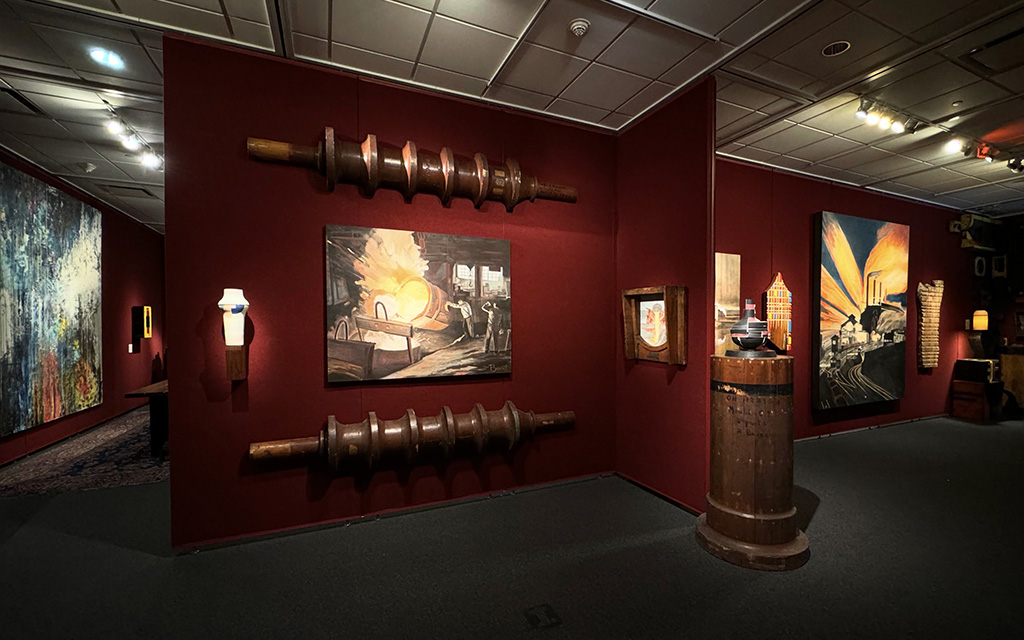
The exhibition at the Grohmann Museum includes artworks by Cory Bonnet, A.J. Collins, Brian Engel, Nate Lucas, Andy Moschetta, Mia Tarducci, and Angela Tumolo-Neira.
Beyond the Steel Valley
For Bonnet, these discoveries reflect a broader interest as well. “Our industrial heritage is unique to Pittsburgh, but it’s also universal to any town that relied heavily on manufacturing or steel in the nineteenth and twentieth century,” he explains. “I talk to people in the United Kingdom, Spain, Germany, Australia, Czech Republic, Mexico—there is a universal spirit of ingenuity and sacrifice that took us from having nothing to having an infrastructure.”
Bonnet and the other Patterns of Meaning artists are eager to continue transforming parts of these collections into artwork that celebrates the history of industry and ingenuity that define our region. Given the size of the collection, he points out that there are also opportunities for archivists to join the team to help catalogue the blueprints and drawings.
Sharon Place, development officer with Pittsburgh Gateways Corporation, recognizes Bonnet’s transformative work within the arts incubator through Pittsburgh Gateways Corporation.
“PGC takes great pride in having Cory Bonnet as an integral part of the Energy Innovation Center ecosystem, celebrating his outstanding contributions and dedication to supporting local artists,” says Place. “It’s a perfect synergy—a preservationist and LEED-certified artist situated in a historically renovated, LEED Platinum building. Through his remarkable work, Cory brings the mission of the EIC to life, leaving a lasting impression on everyone who experiences it.”
Recently, Bonnet and the Patterns of Meaning team were invited to set up a showcase of pieces from the collection at the Grohmann Museum at the Milwaukee School of Engineering, a space that houses “the world’s most comprehensive art collection dedicated to the evolution of human work.” The show will run from January 19 through April 28, 2024, and Bonnet hopes it is just the beginning for nationally showcasing this work.
“This is the first full museum show that Patterns will have, but it’s the model for what we want to do,” he says. “Our goal is for this to be a traveling exhibit of artifacts and artwork to honor the shared industrial heritage of the U.S. and the world.”
To learn more about Patterns of Meaning, visit patternsofmeaning.org. Read more about Cory Bonnet’s work at corybonnet.com/patterns-of-meaning.
All photos courtesy of Cory Bonnet / Patterns of Meaning.
About the Mini-Grant Program
Rivers of Steel’s Mini-Grant Program assists heritage-related sites and organizations as well as municipalities within the Rivers of Steel National Heritage Area to develop new and innovative programs, partnerships, exhibits, tours, and other initiatives. Funded projects support heritage tourism, enhance preservation efforts, involve the stewardship of natural resources, encourage outdoor recreation, and include collaborative partnerships. Through these efforts, Rivers of Steel seeks to identify, conserve, promote, and interpret the industrial and cultural heritage that defines southwestern Pennsylvania.
The Rivers of Steel National Heritage Area is one of twelve supported by the Pennsylvania Department of Conservation and Natural Resources (DCNR). Funding is provided via DCNR’s Community Conservation Partnerships Program and the Environmental Stewardship Fund to Rivers of Steel, which administers the Mini-Grant Program.
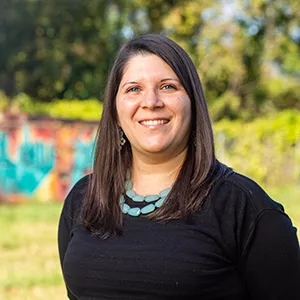 Gita Michulka is a Pittsburgh-based marketing and communications consultant with over 15 years of experience promoting our region’s arts, recreation, and nonprofit assets.
Gita Michulka is a Pittsburgh-based marketing and communications consultant with over 15 years of experience promoting our region’s arts, recreation, and nonprofit assets.
If you’d like to know more about community projects supported by the Mini-Grant Program, read about the Pennsylvania Trolley Museum.
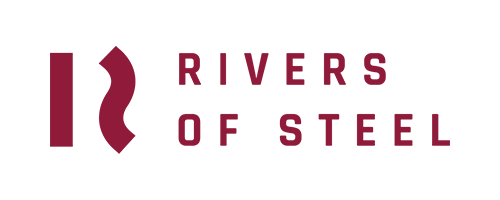
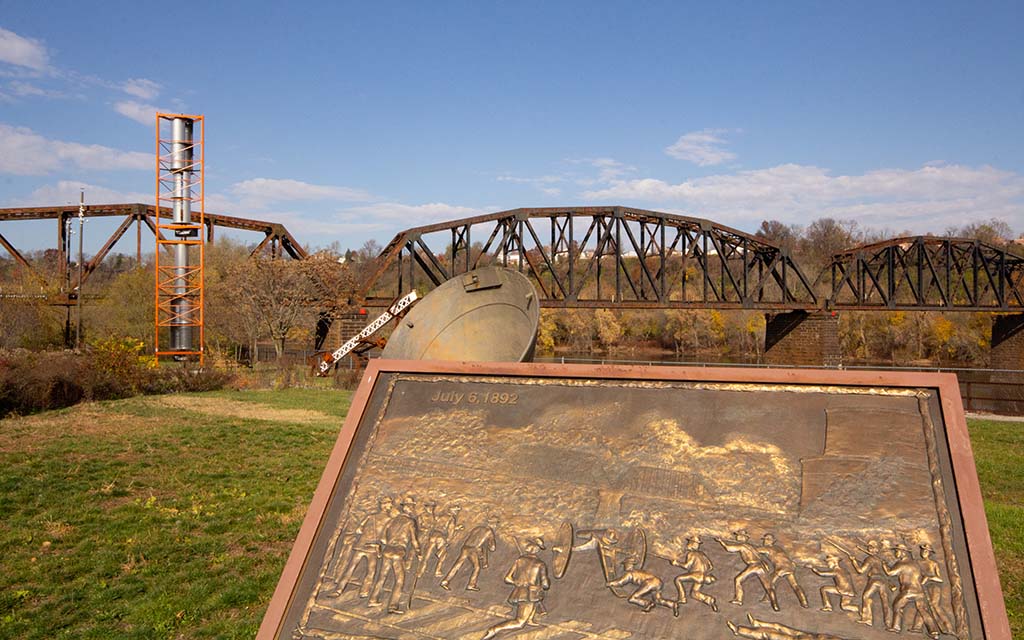
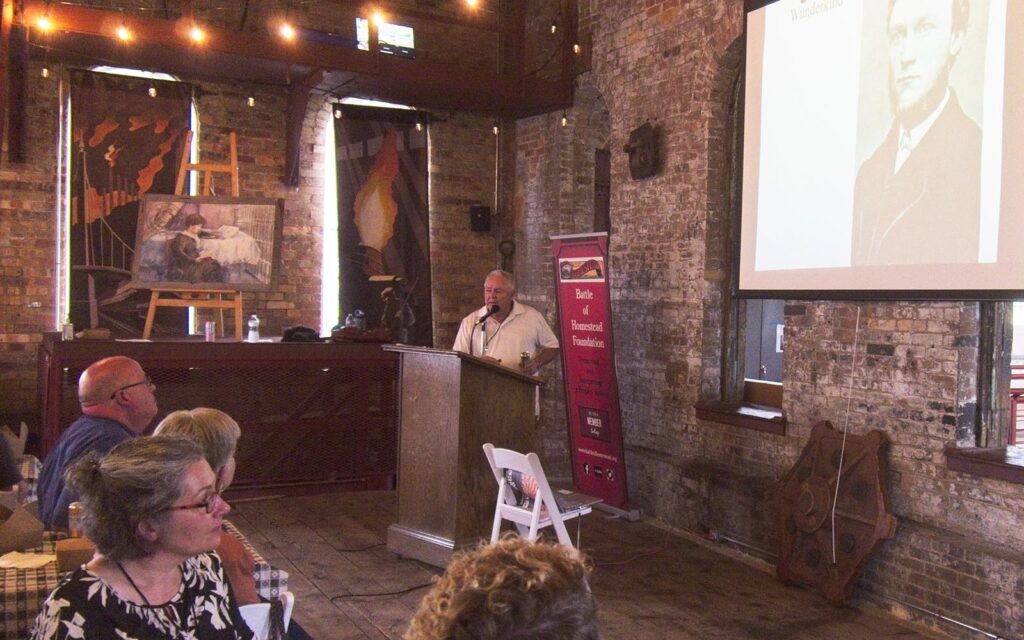
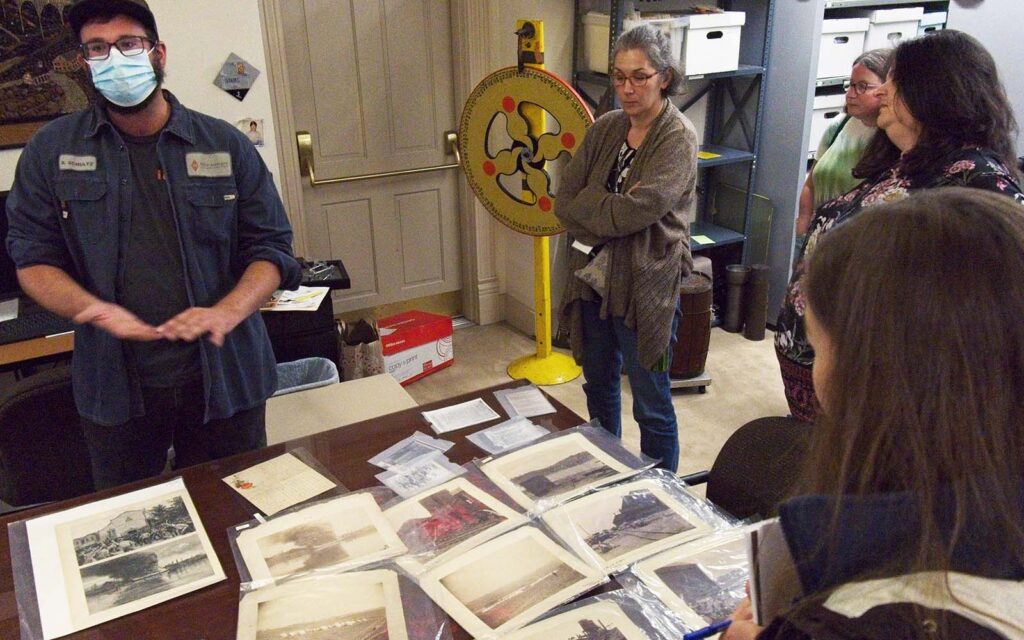
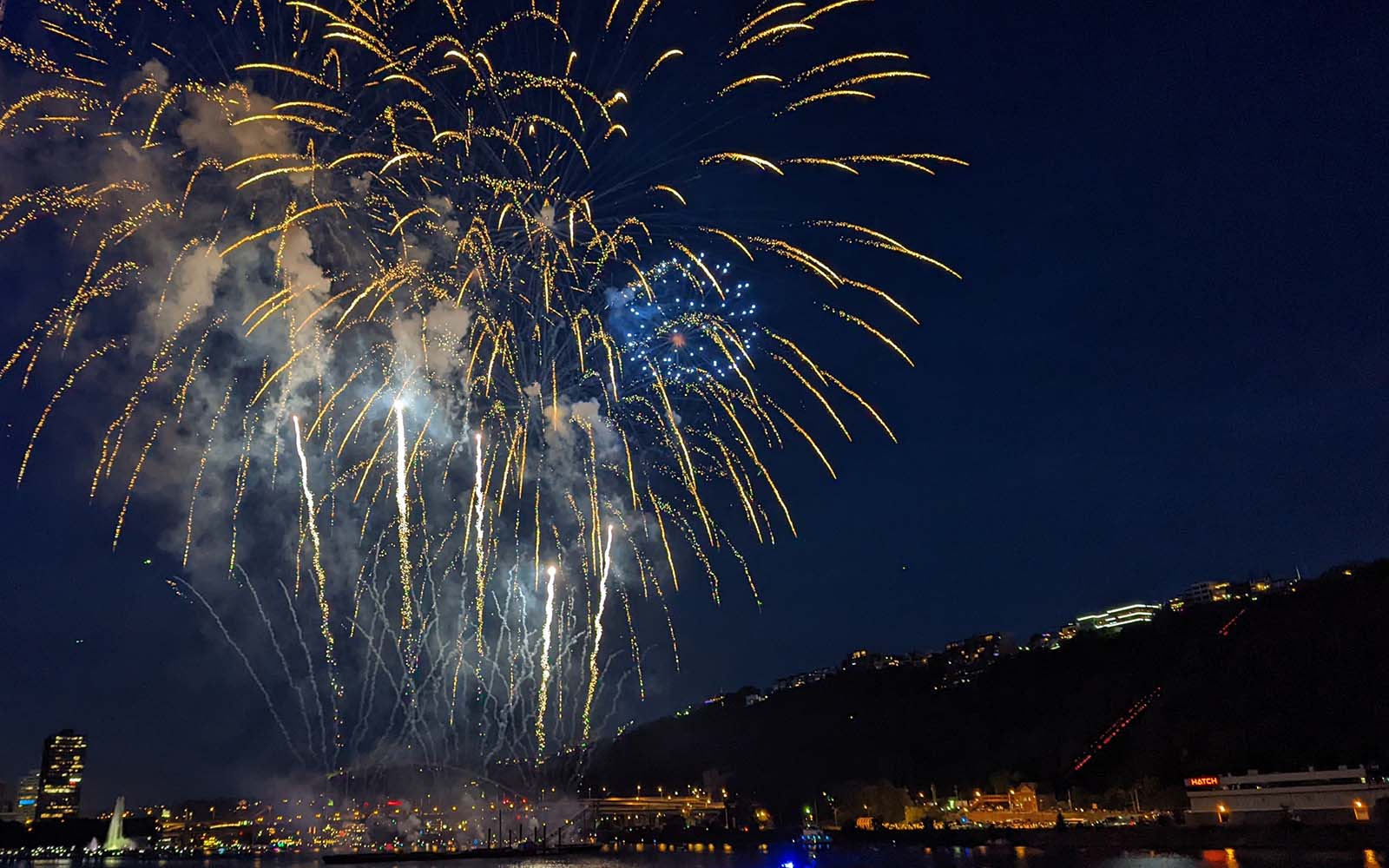
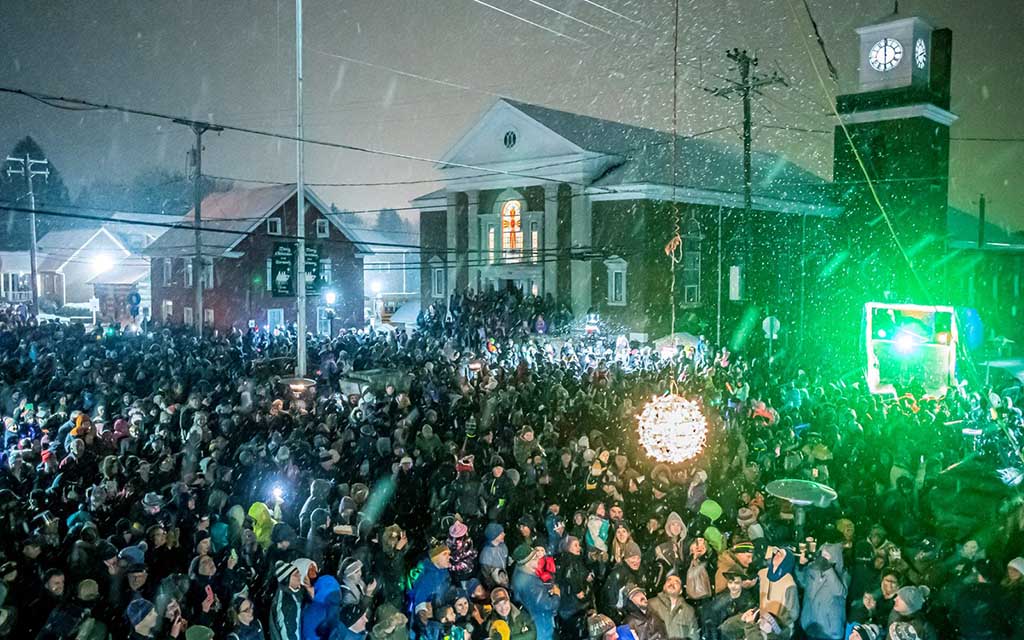
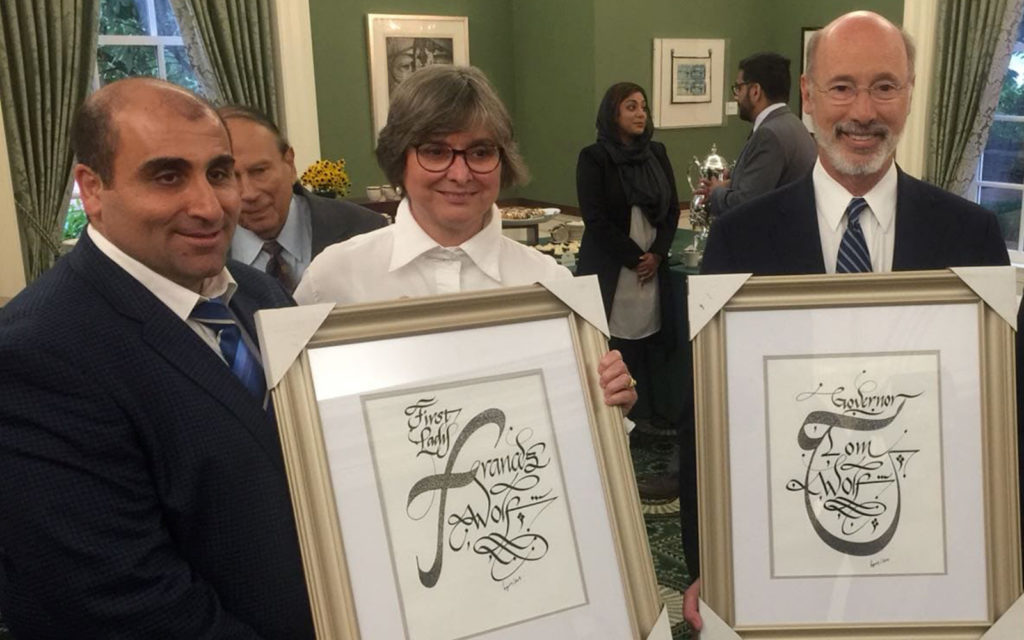
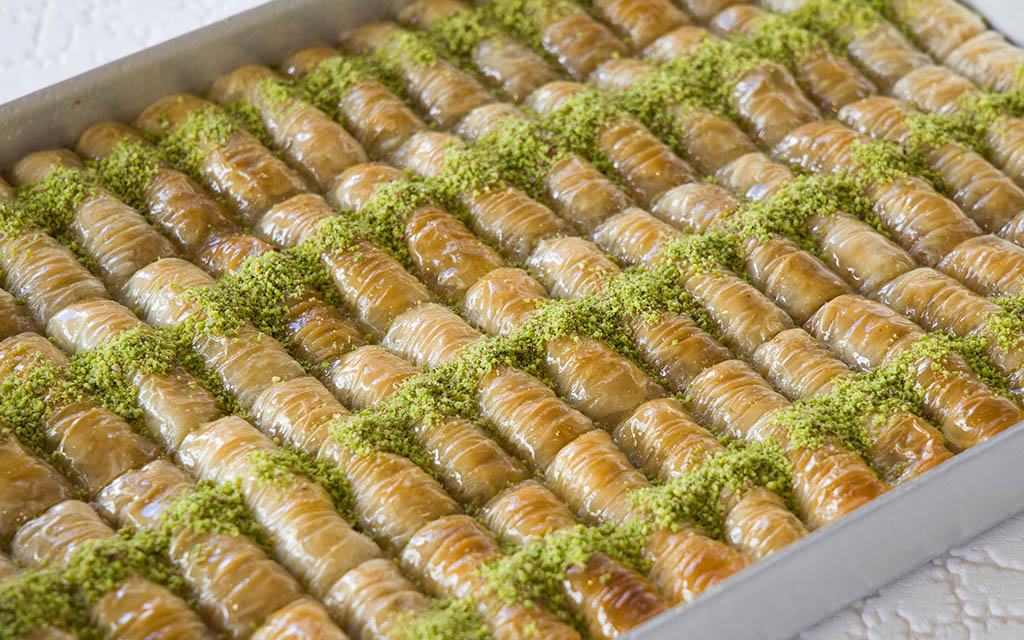
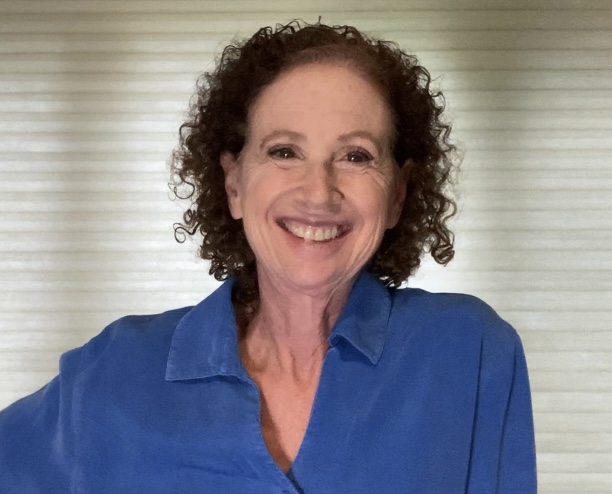
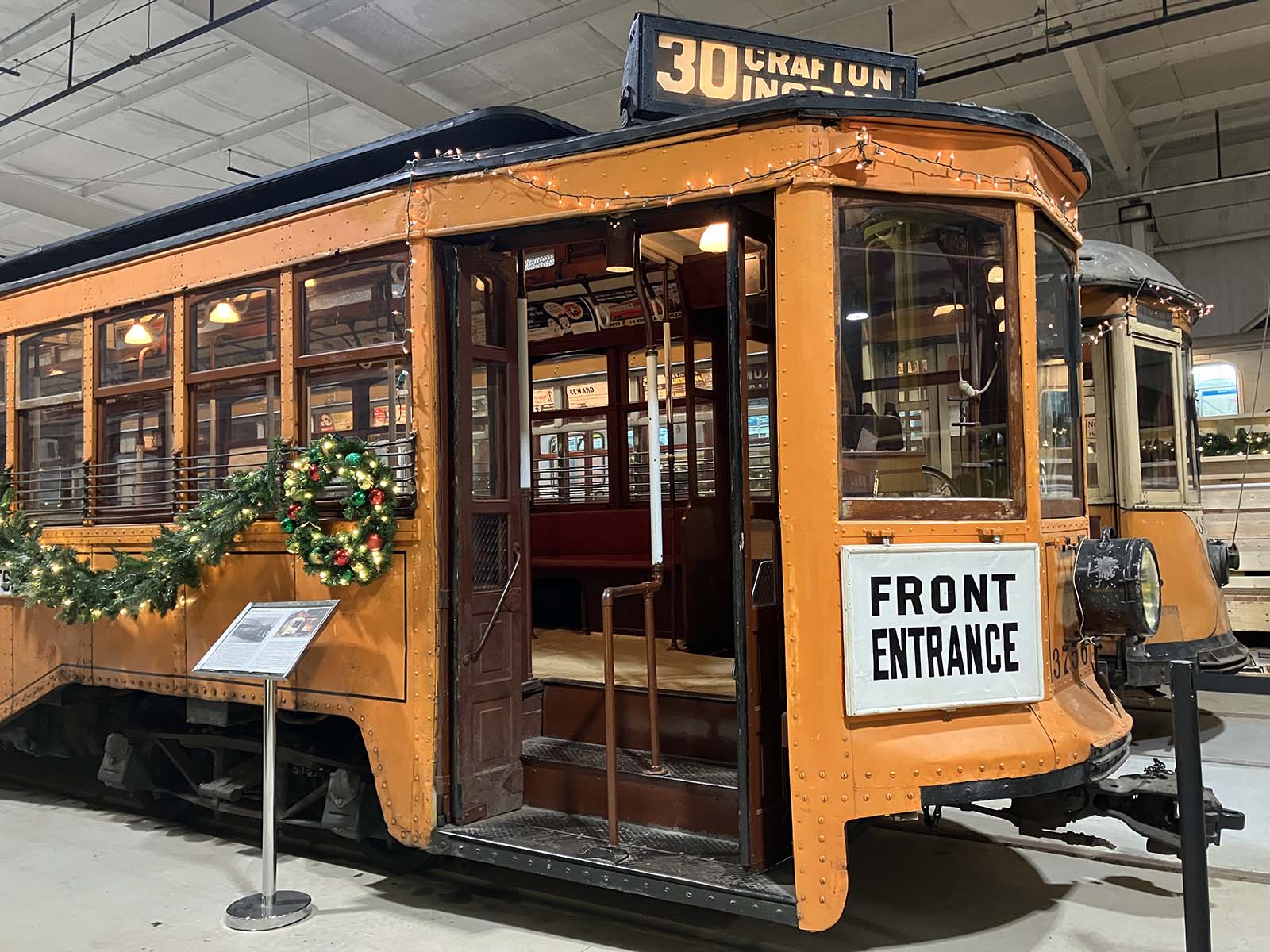
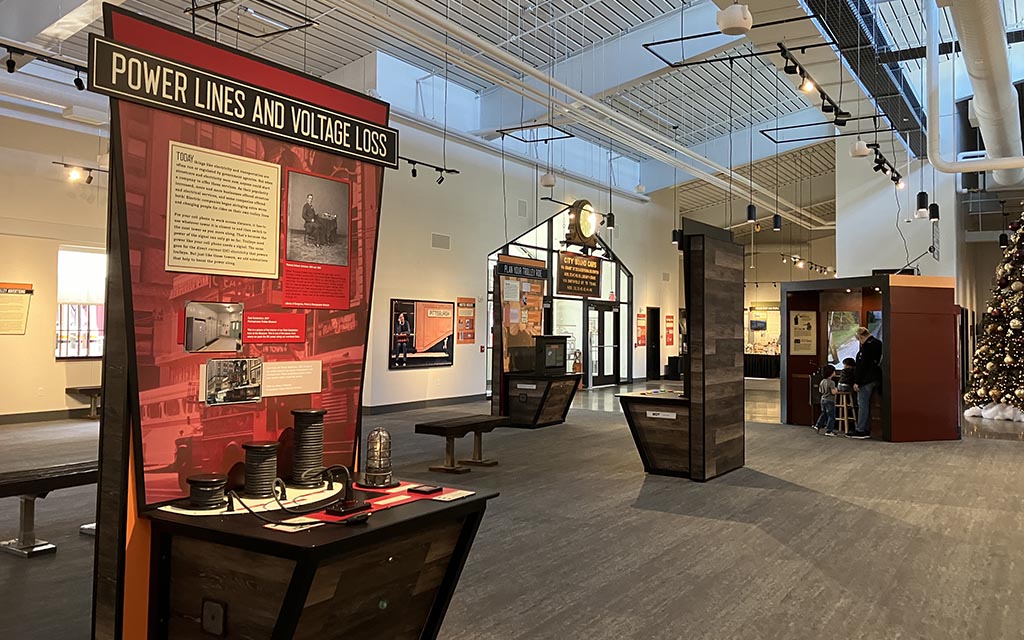
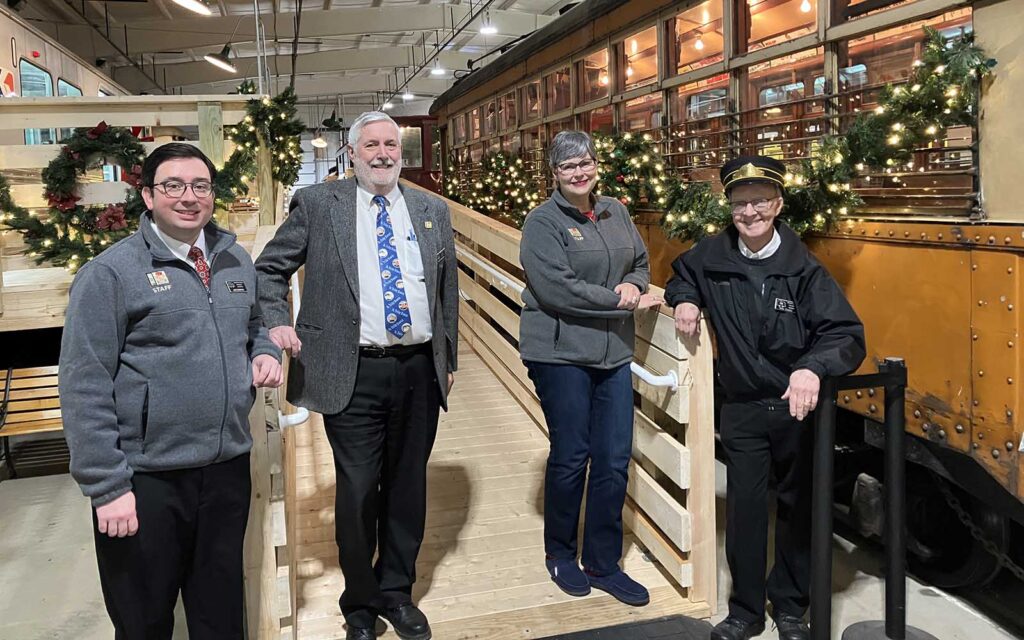
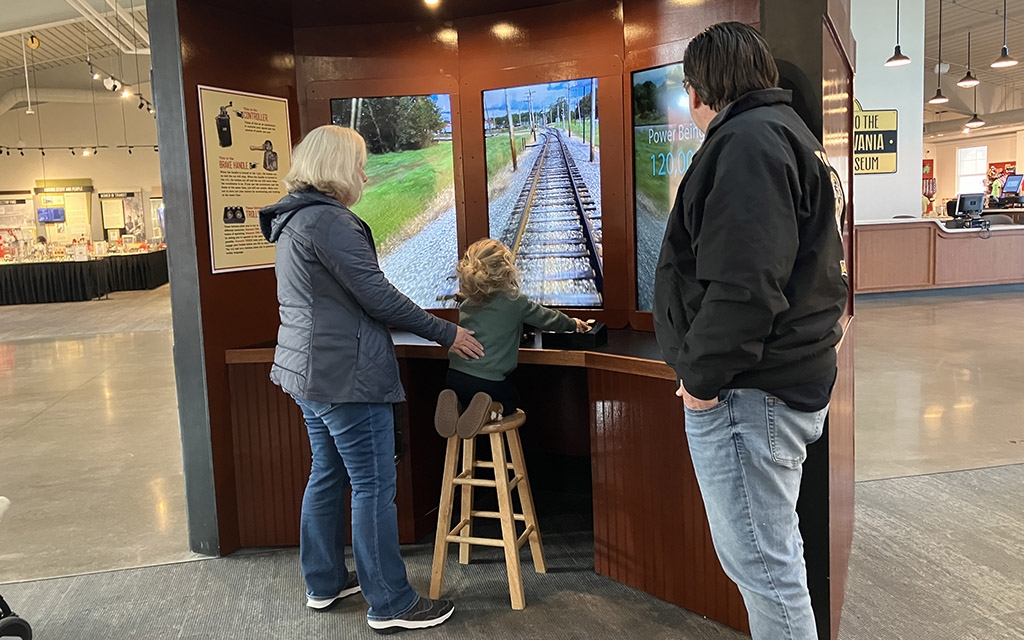
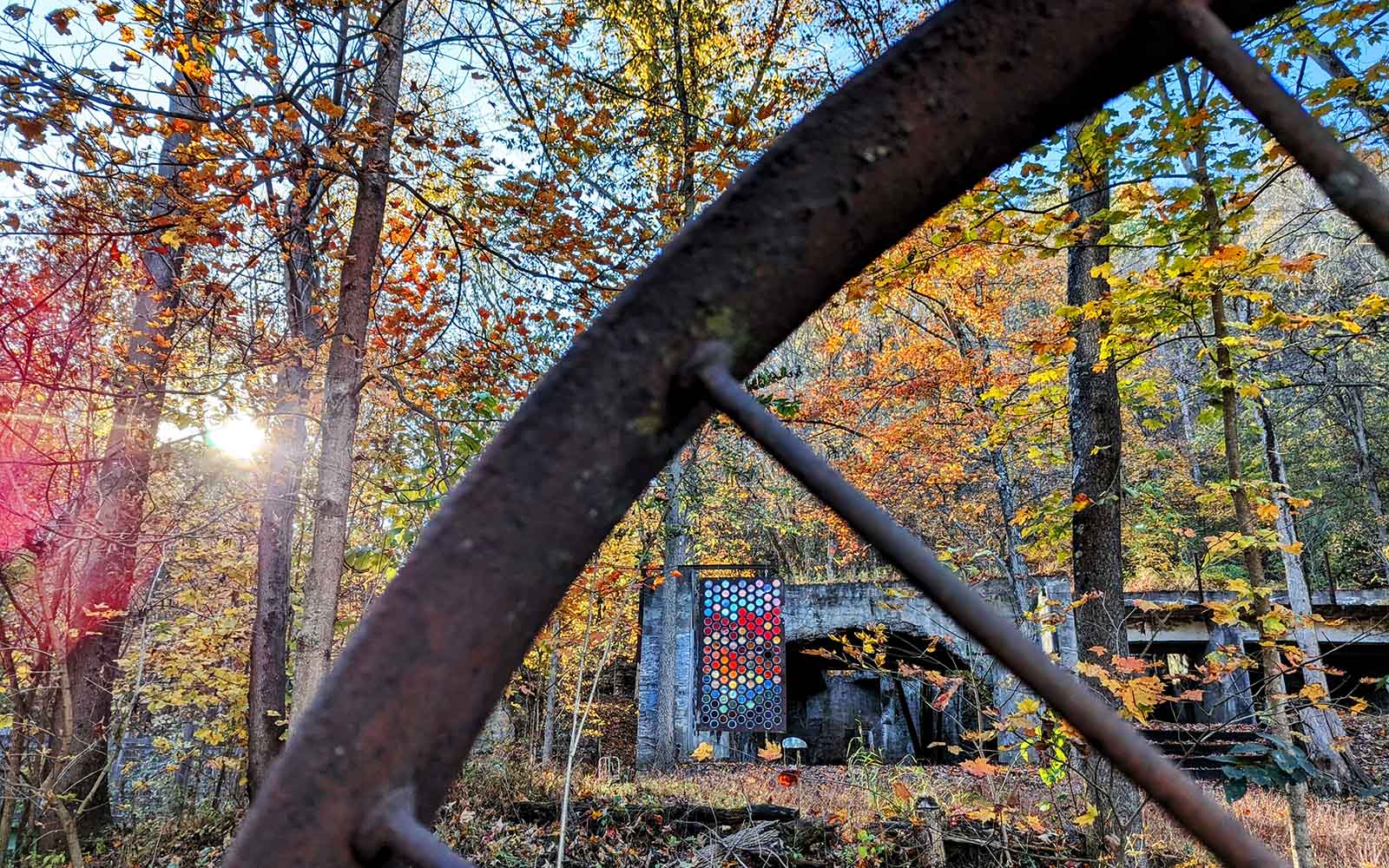
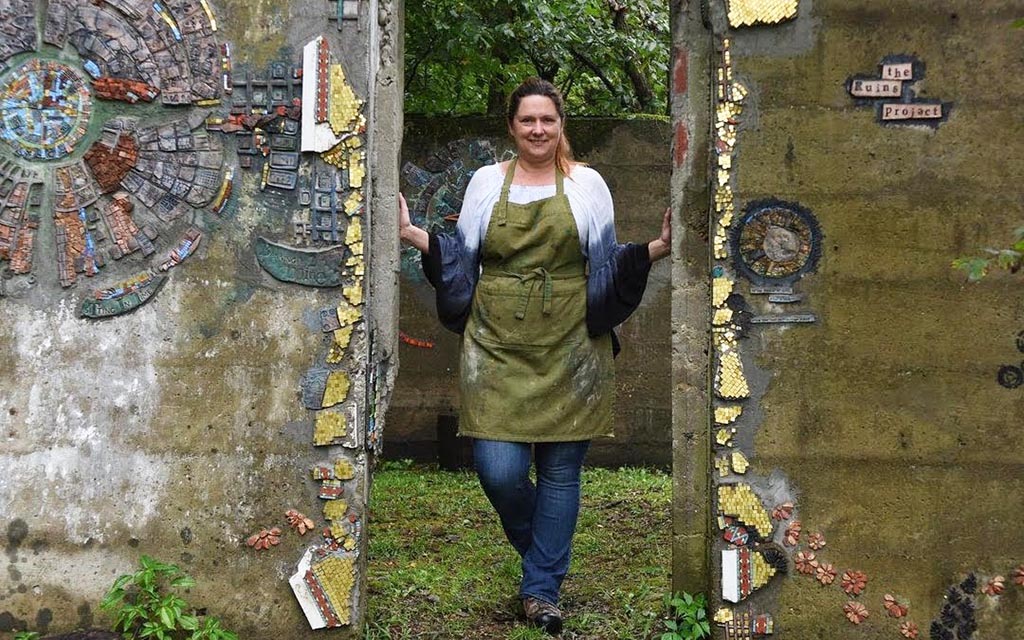
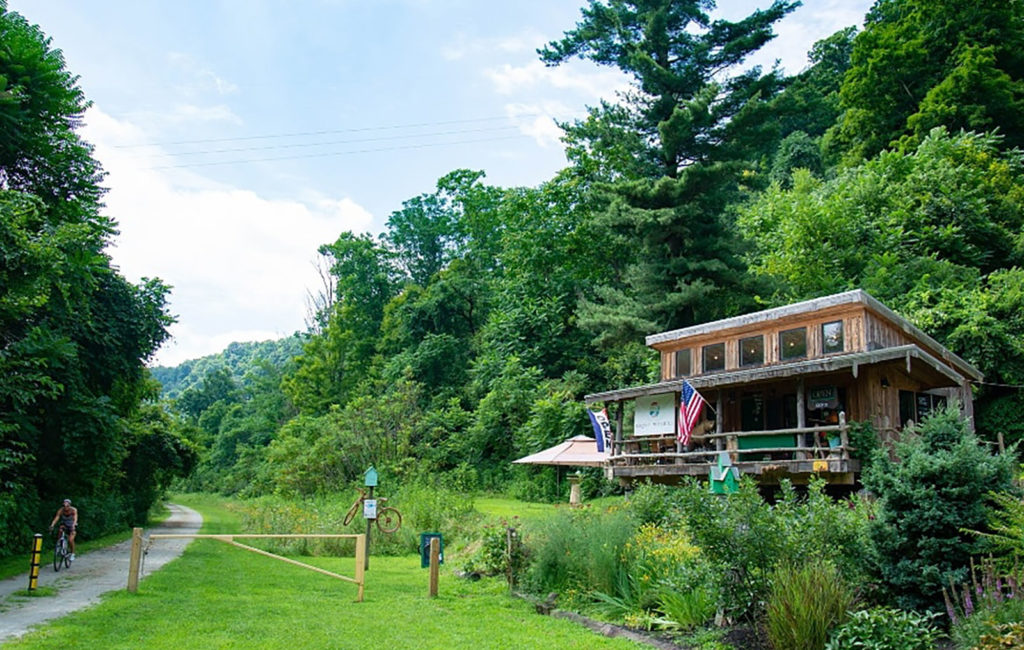
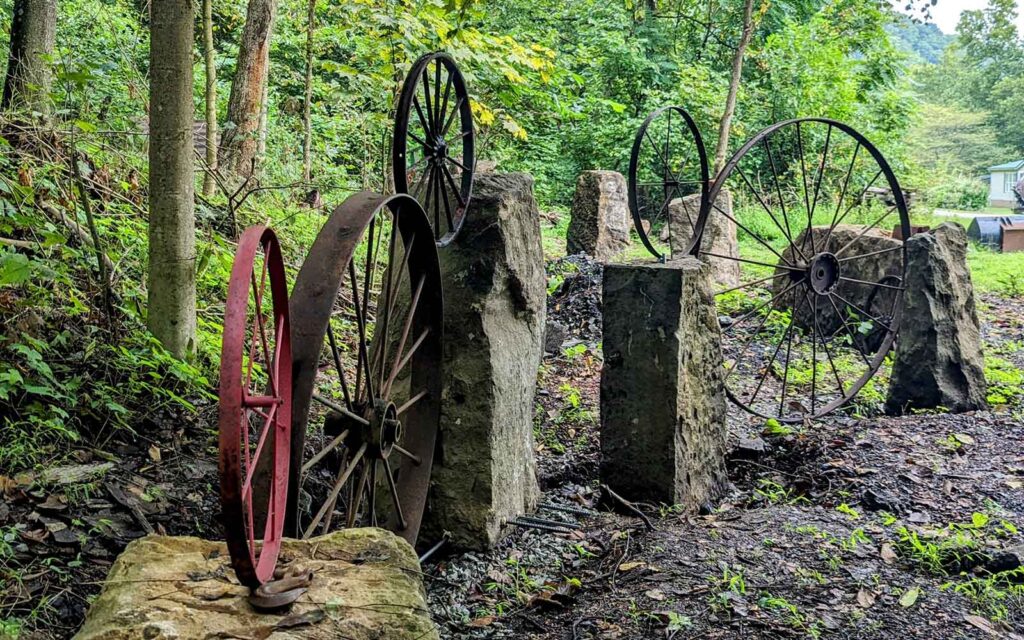
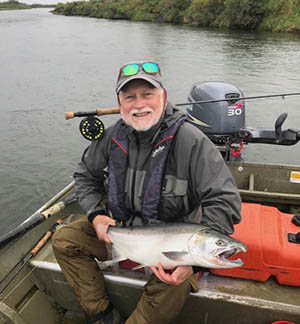
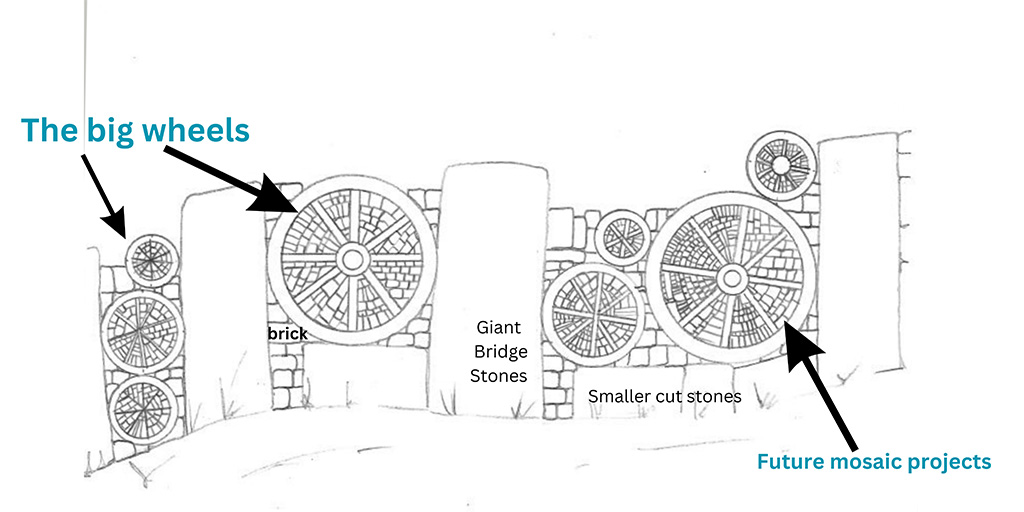
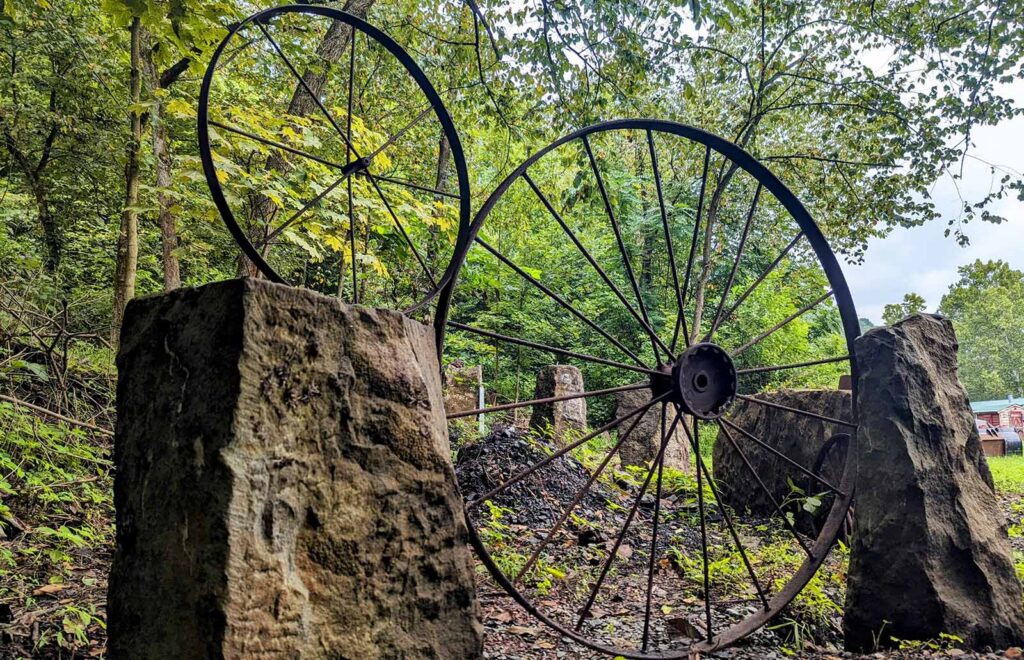
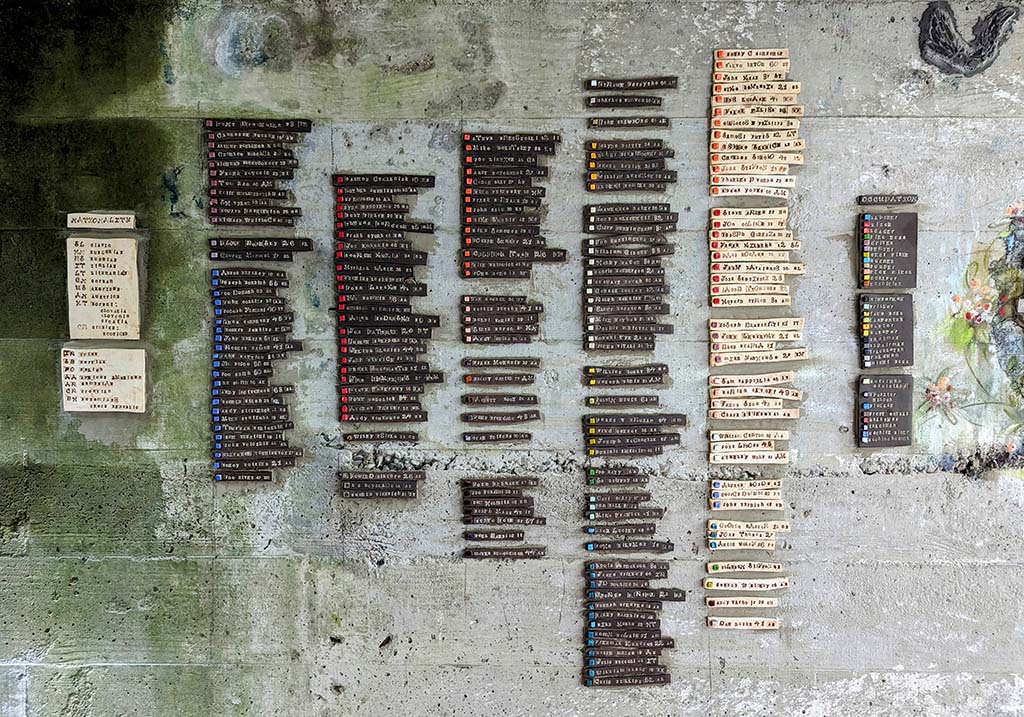
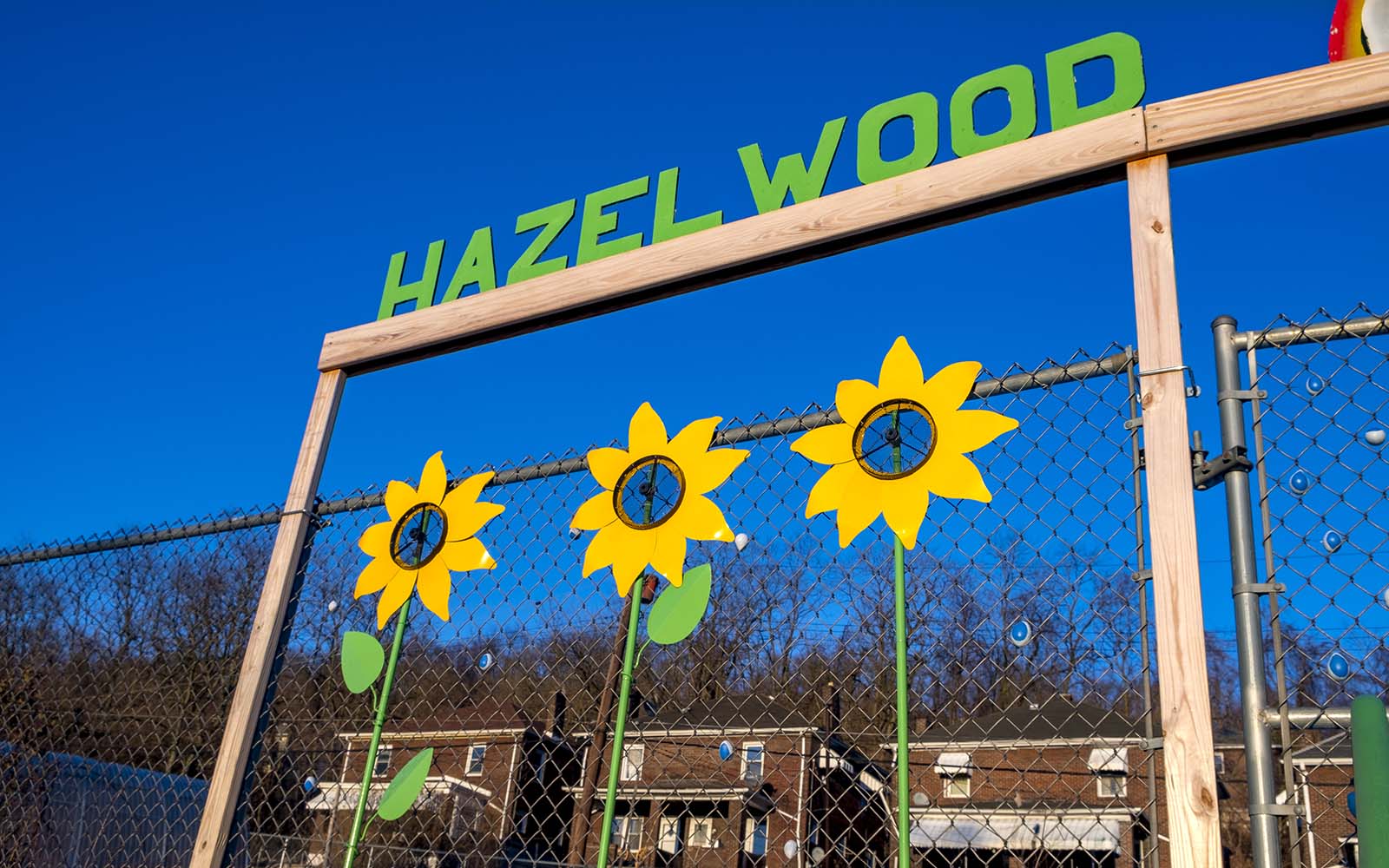
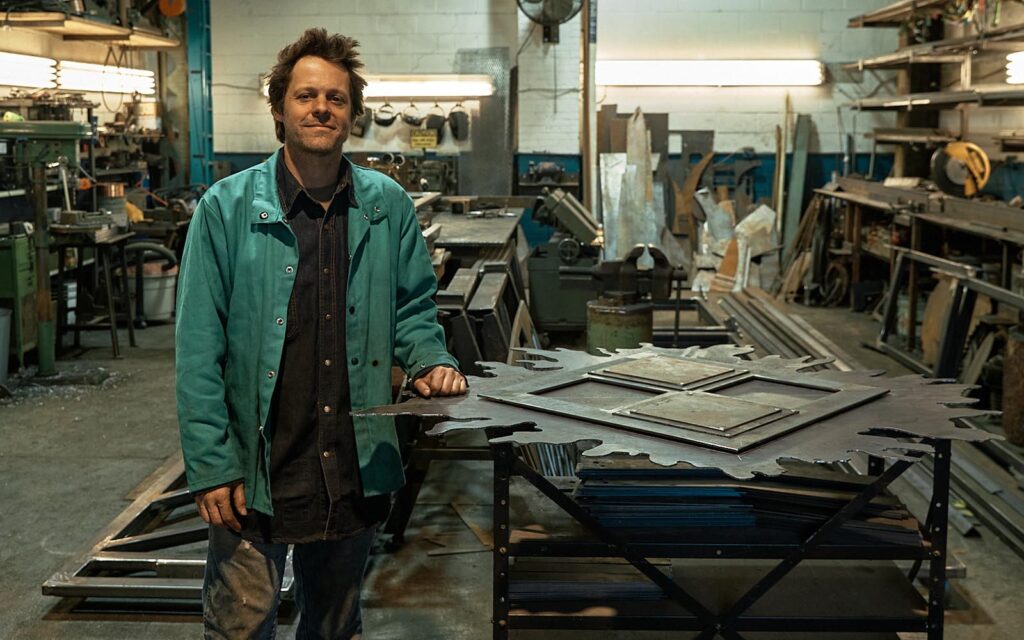
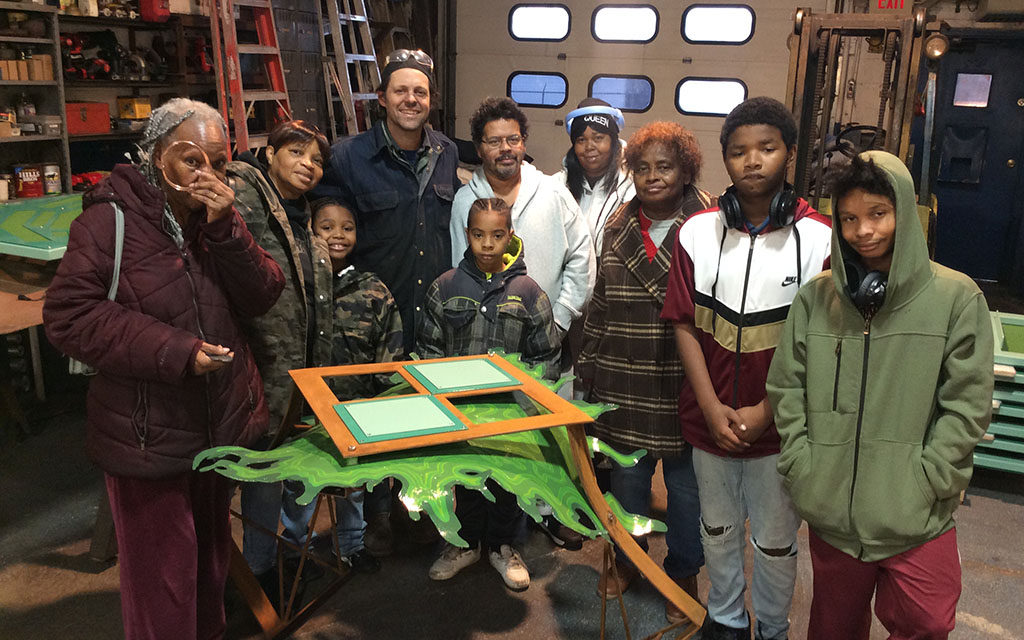
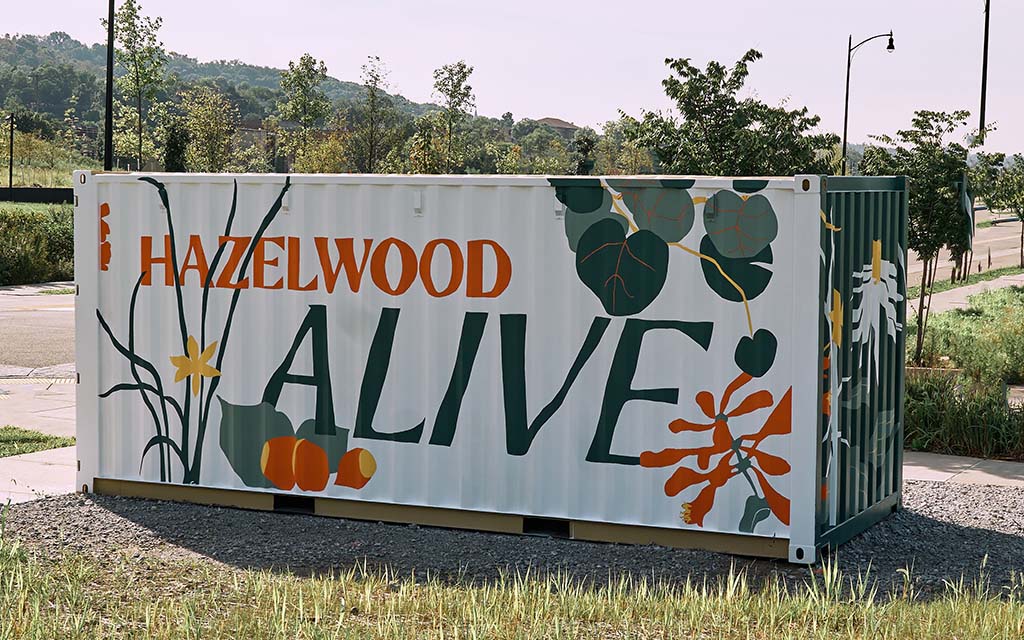
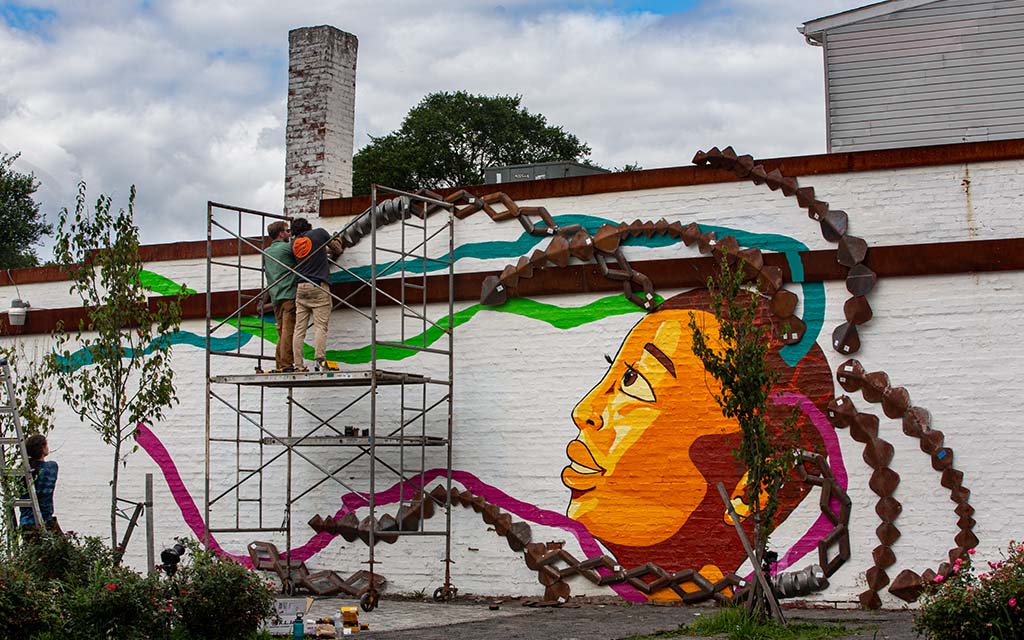
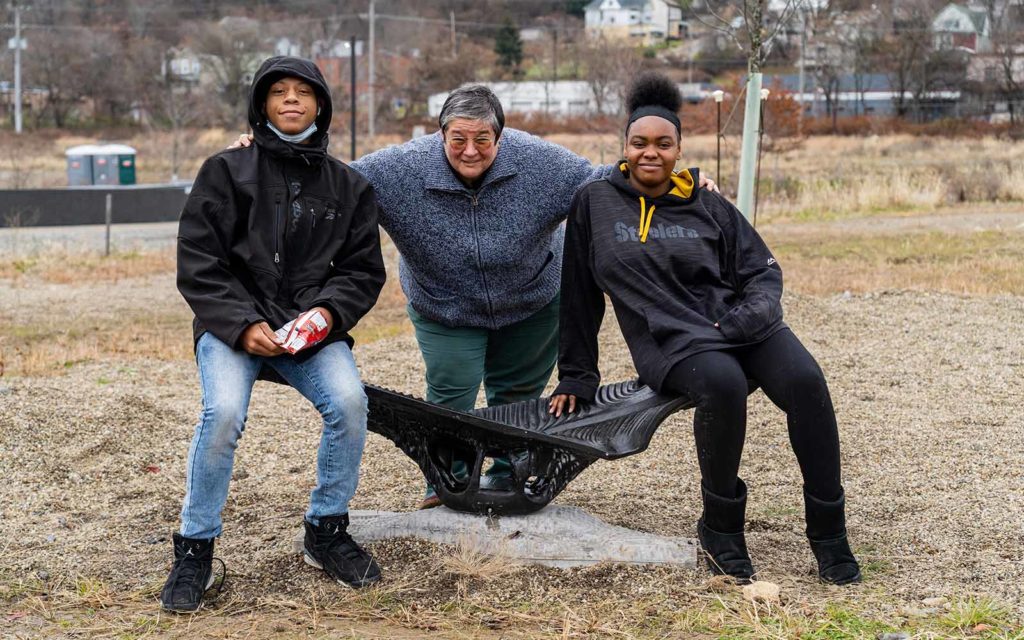
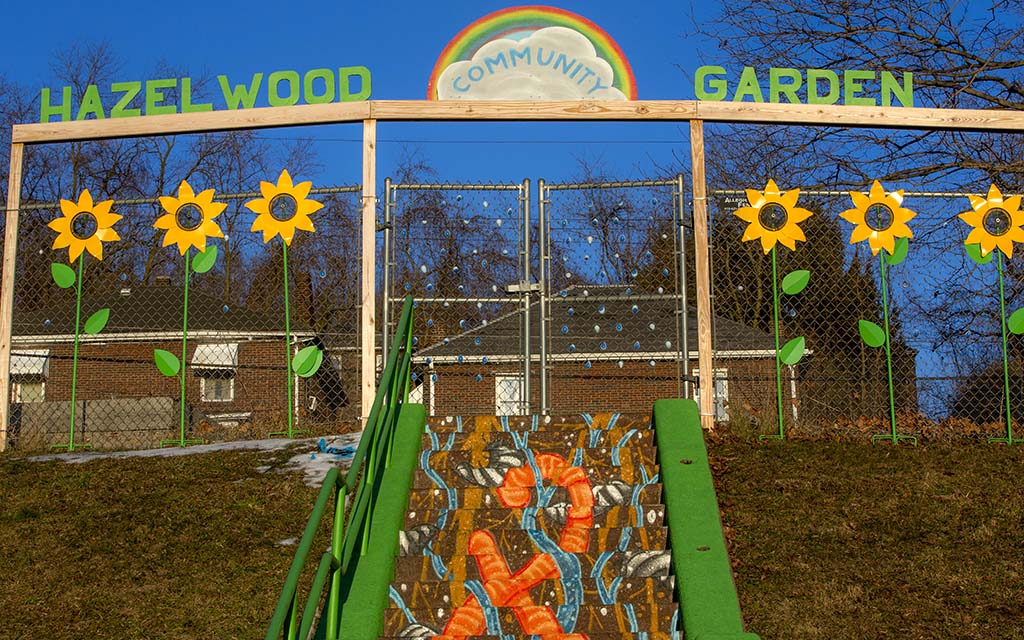
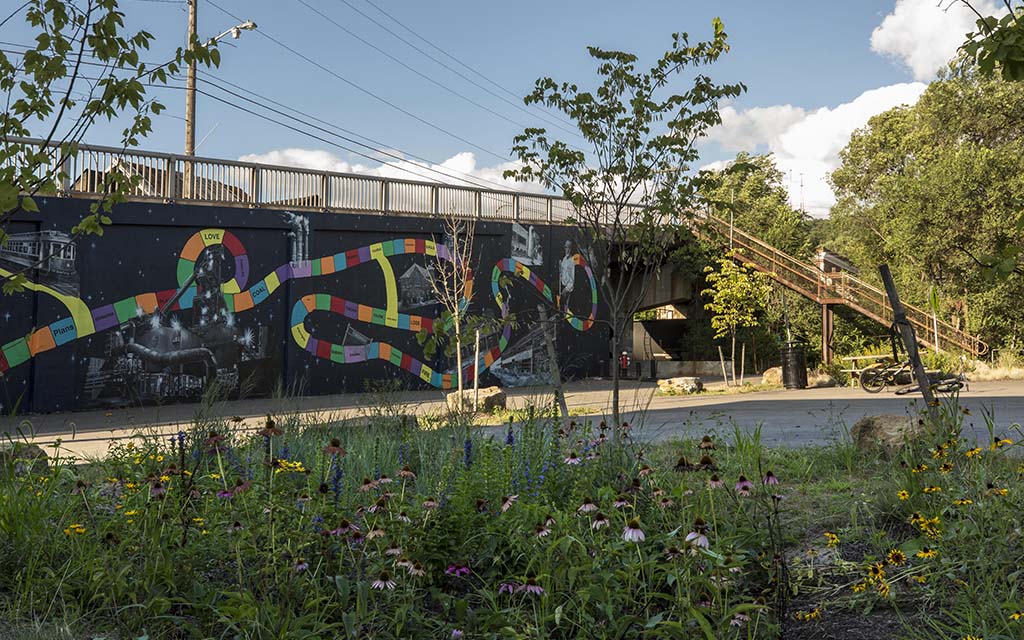
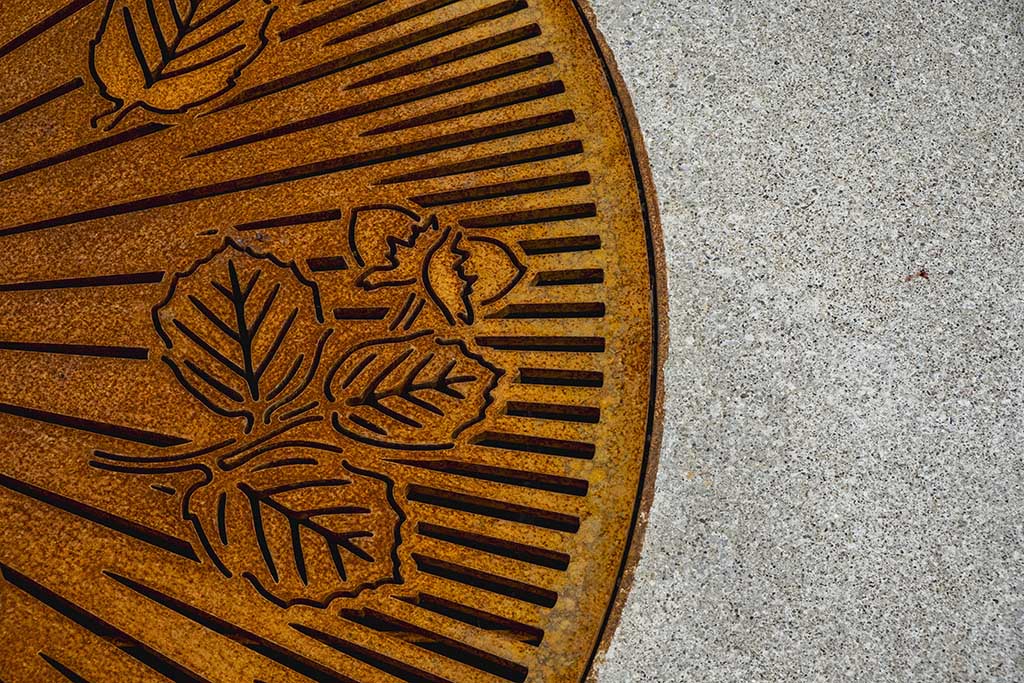
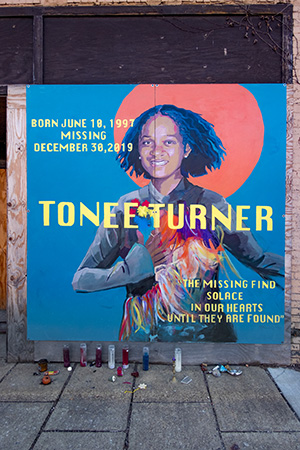
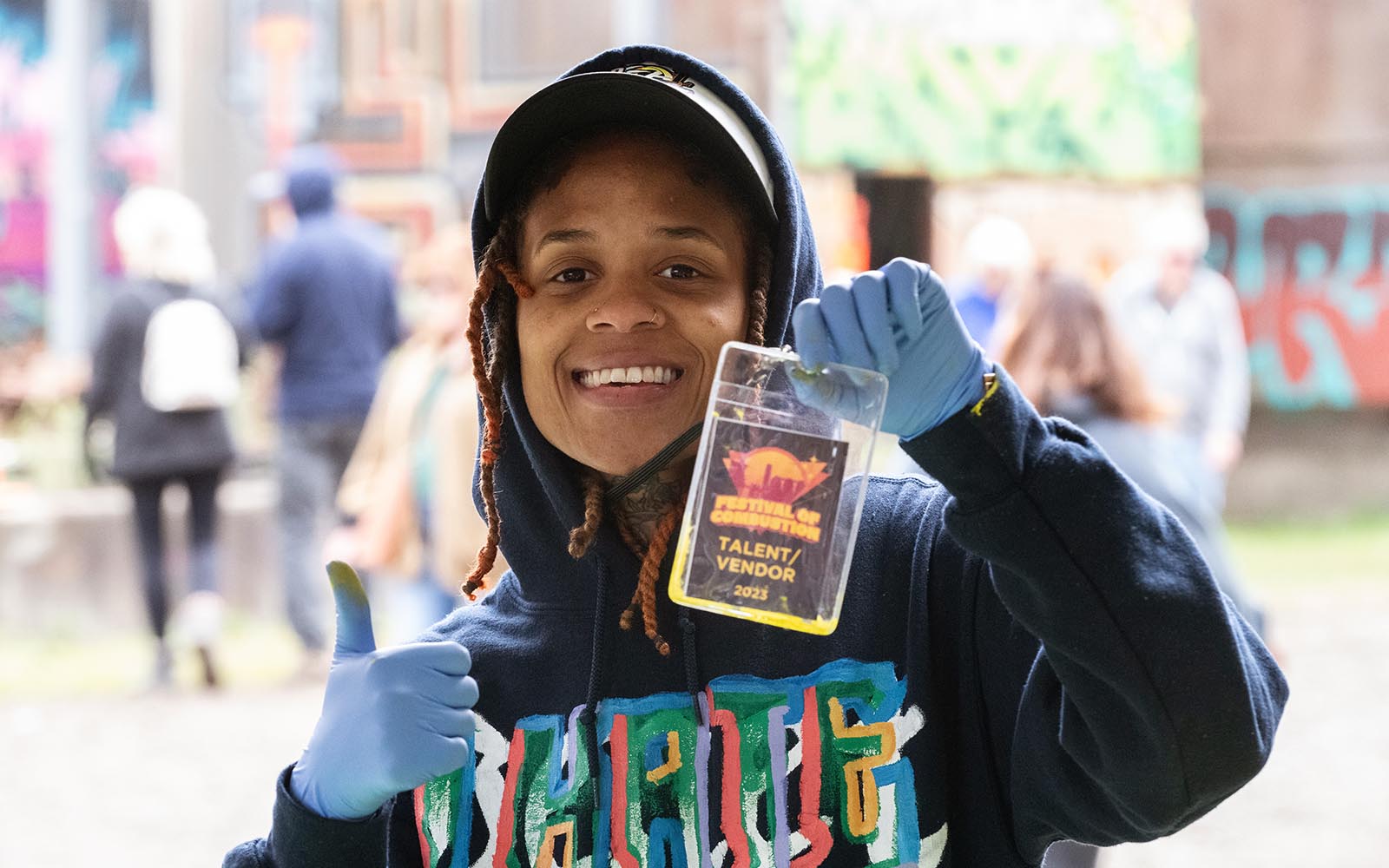
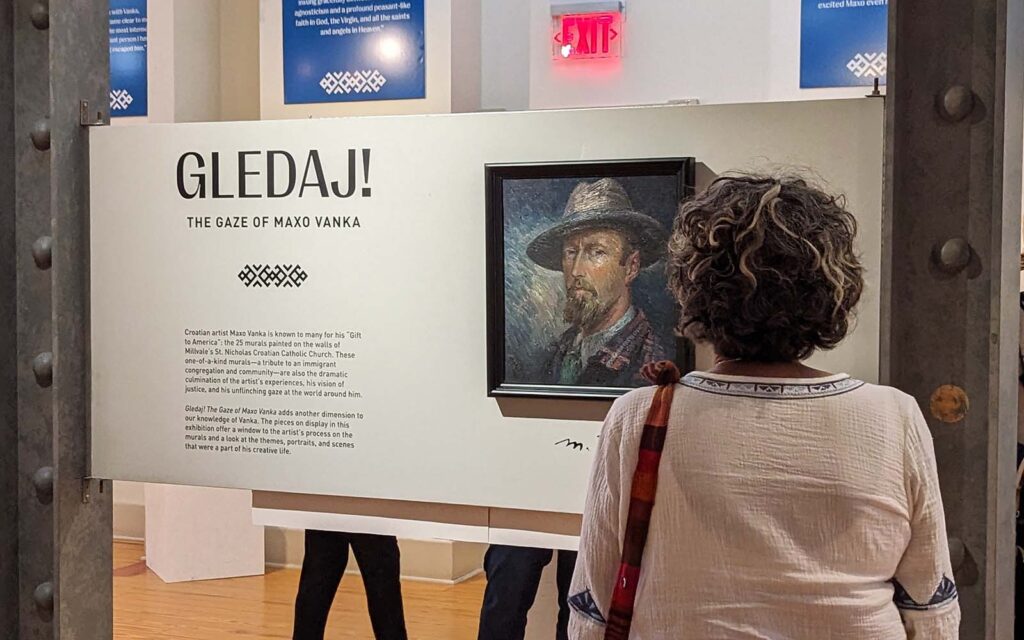

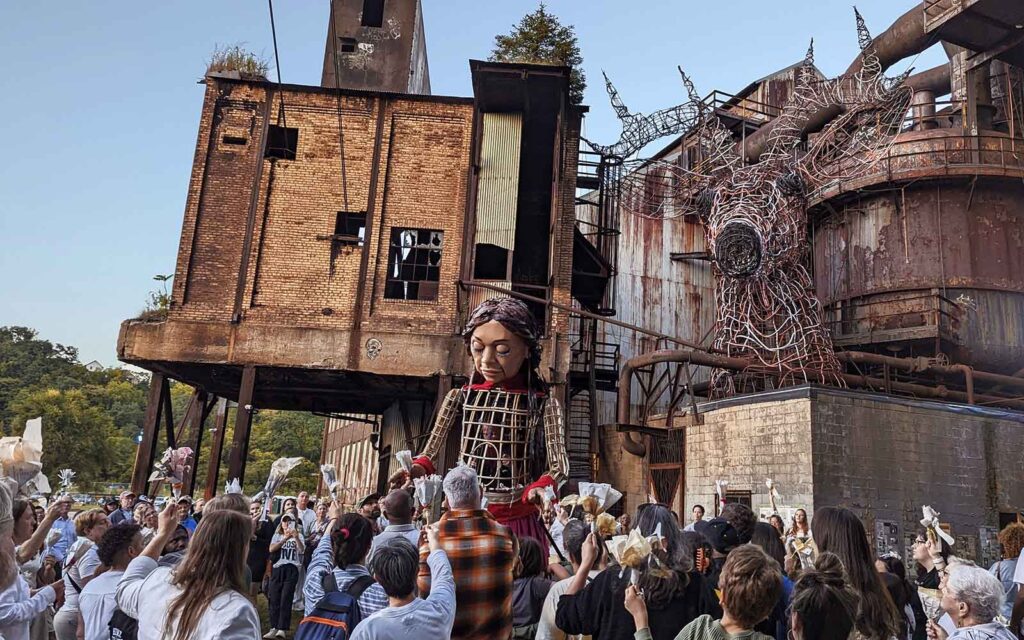
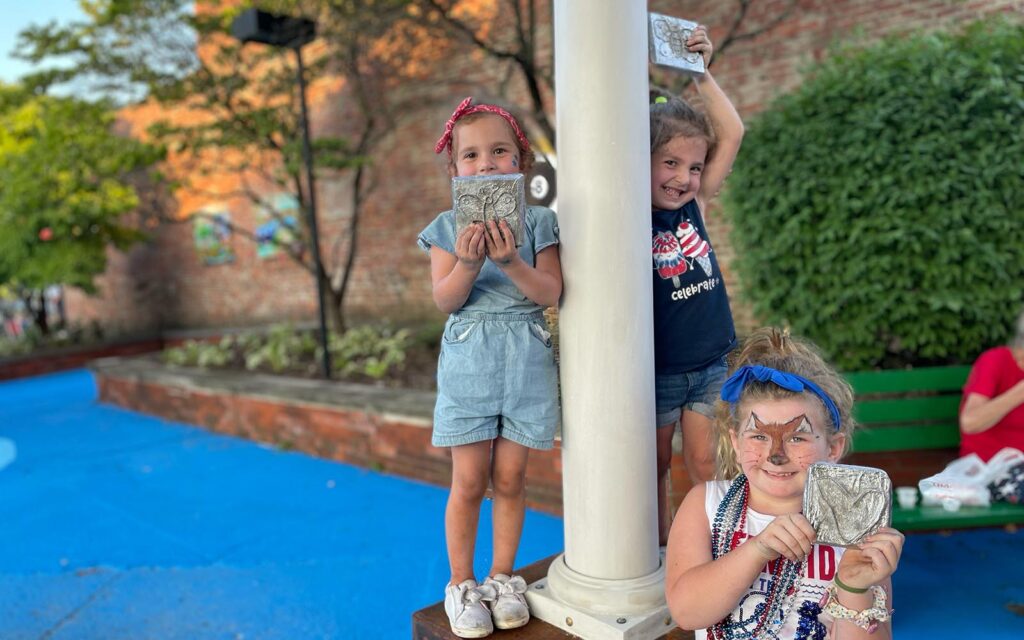
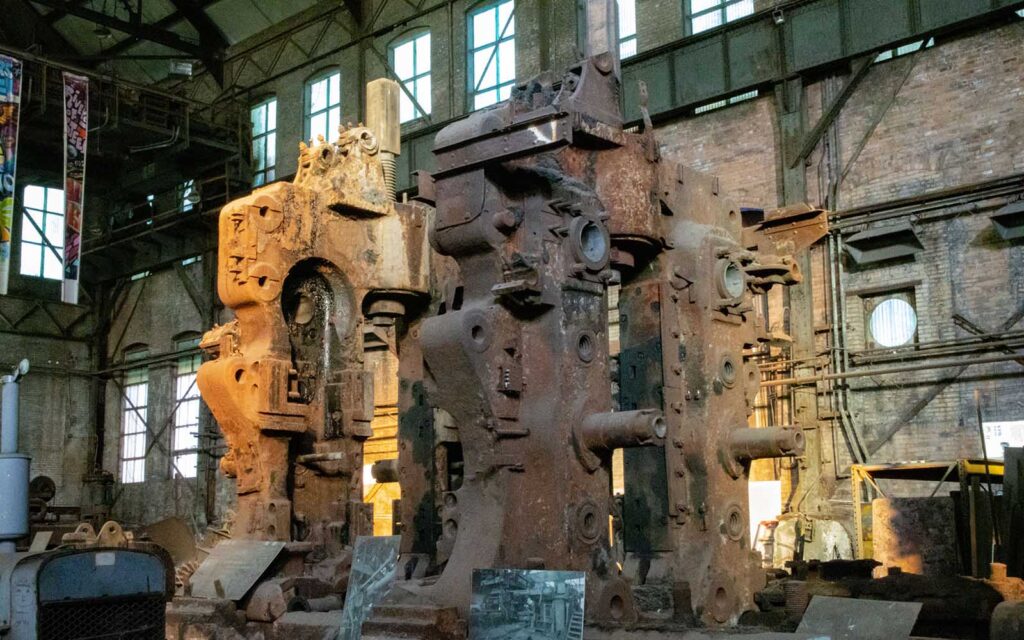
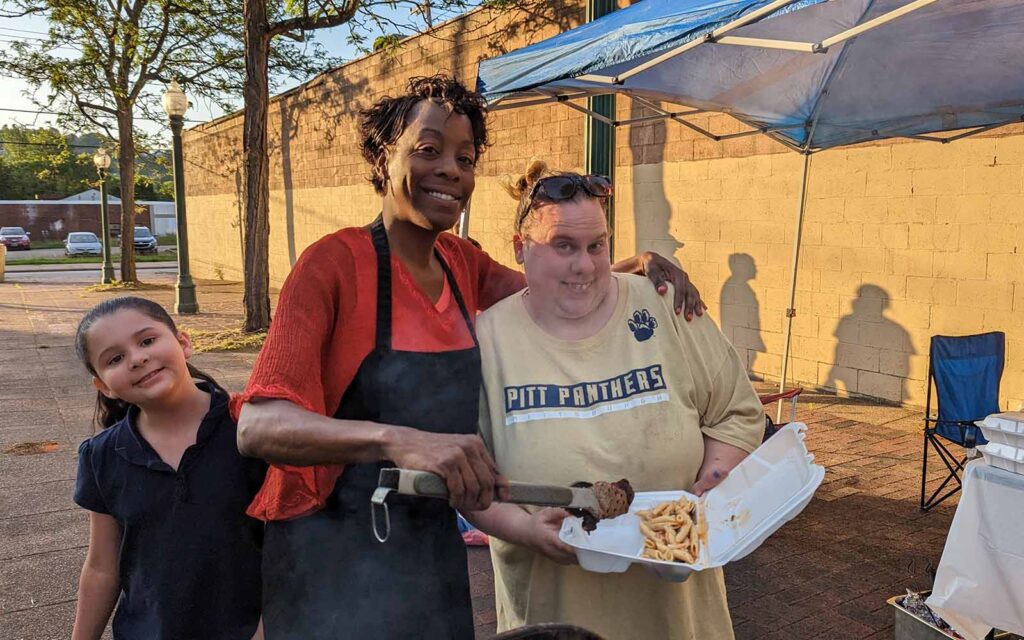
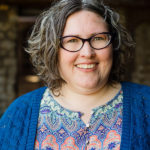
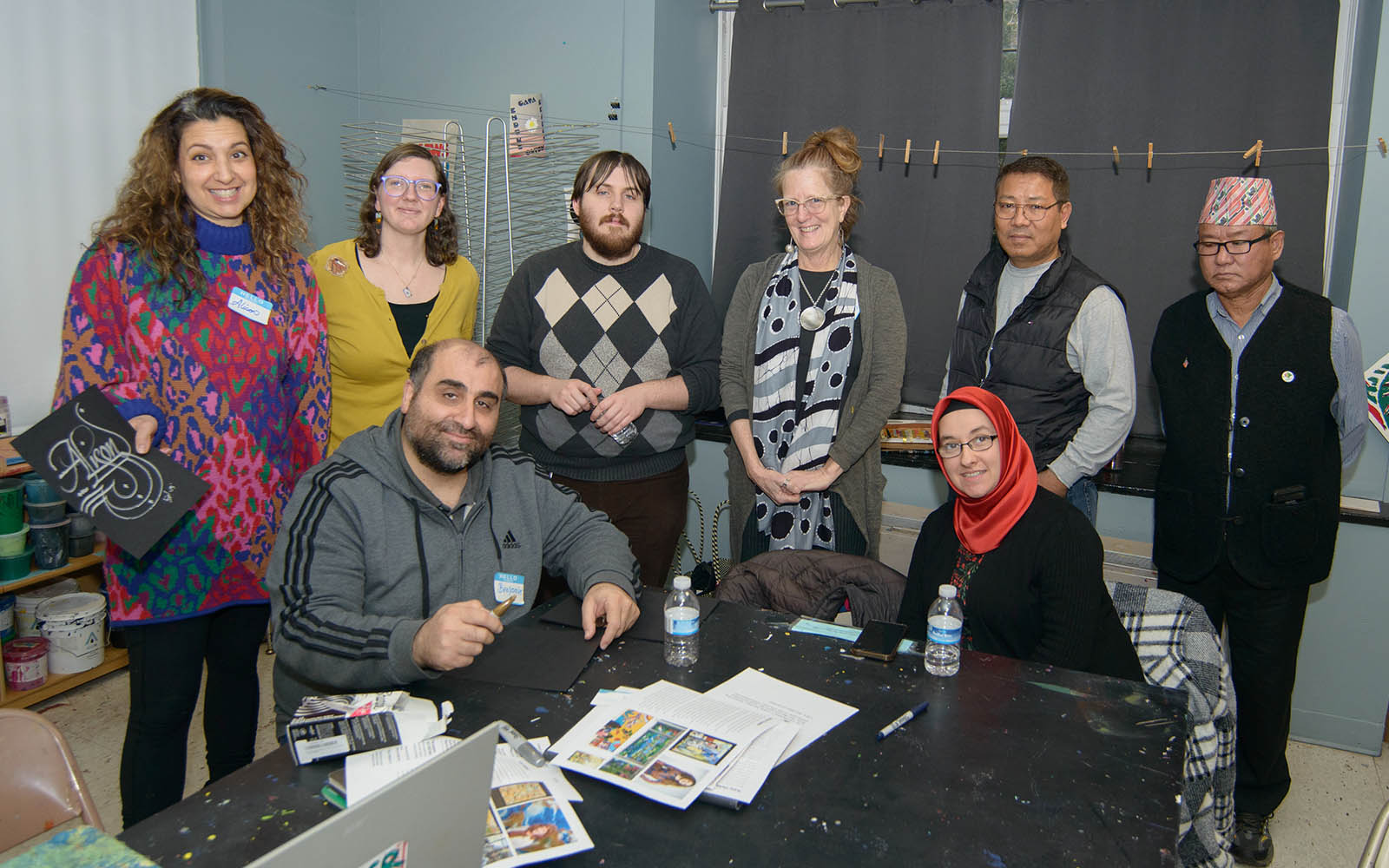
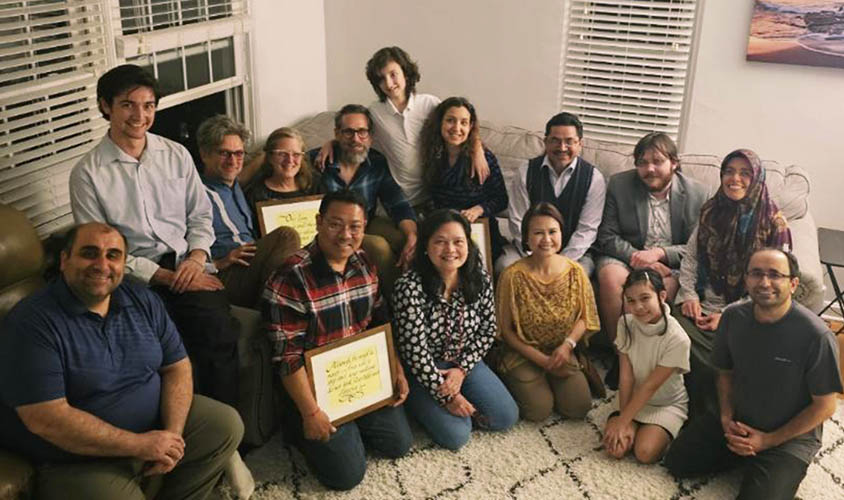
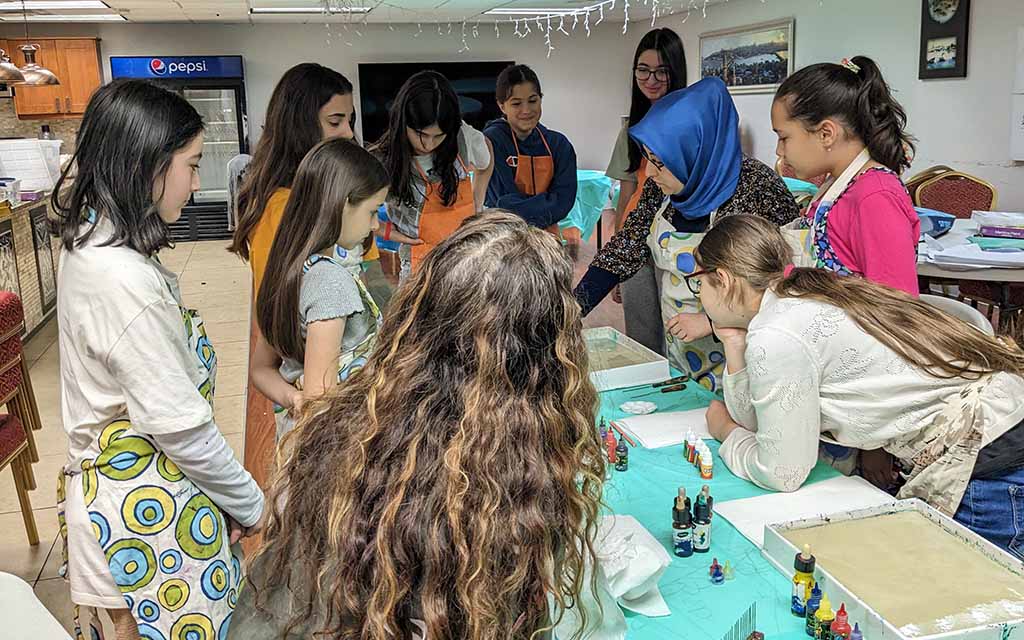
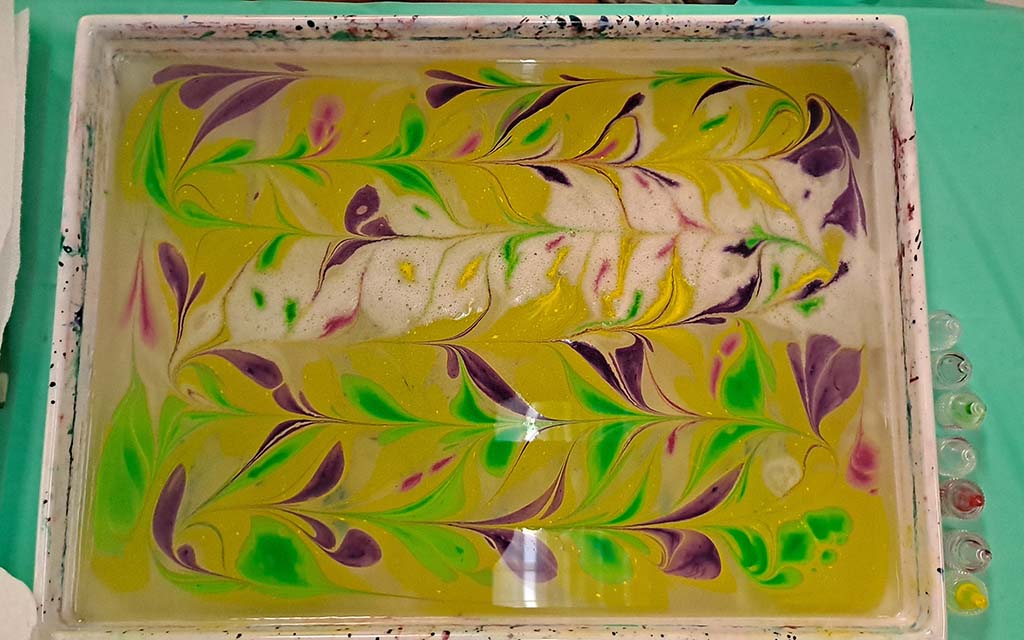
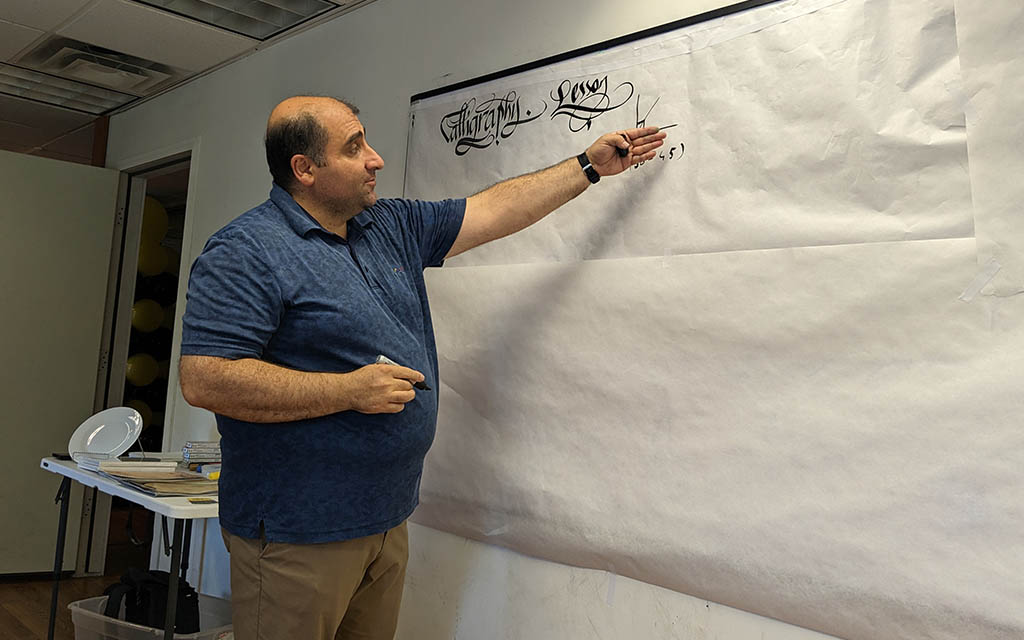
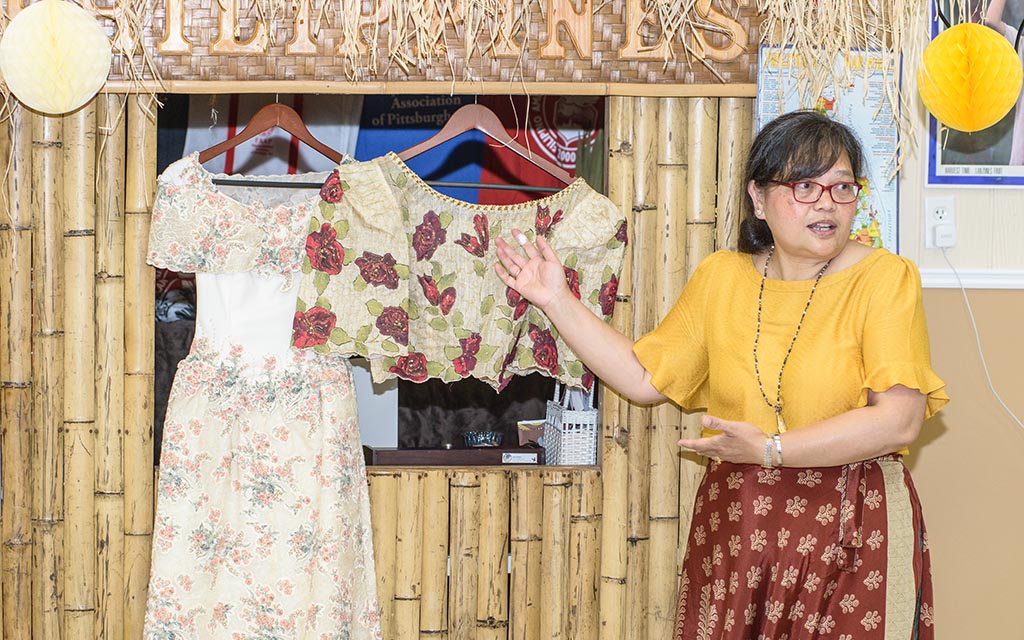
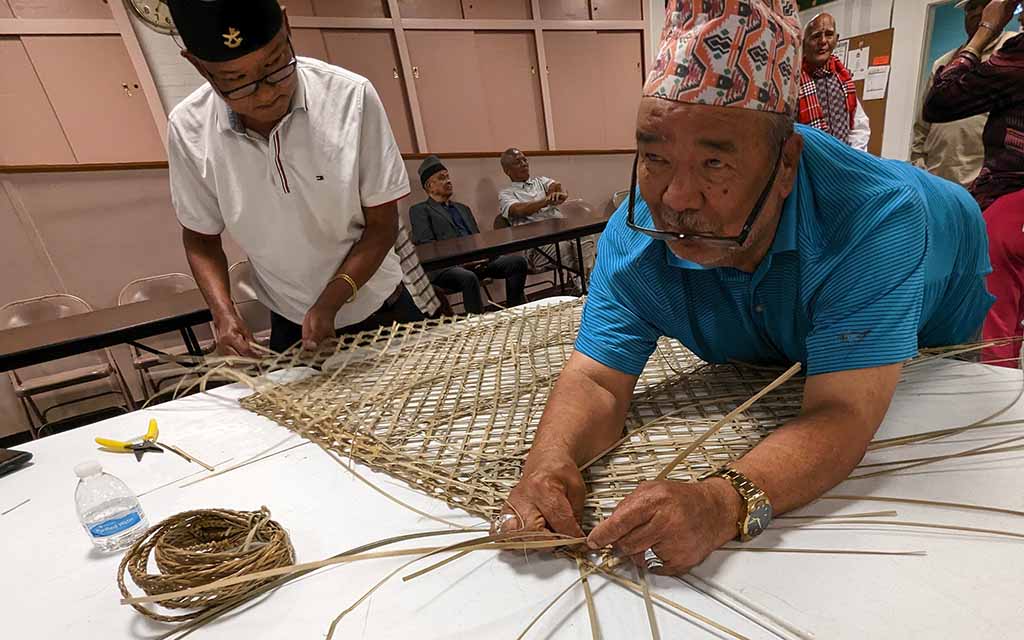
 Jon Engel is the Heritage Arts Coordinator for Rivers of Steel and the author of the Heritage Highlights column.
Jon Engel is the Heritage Arts Coordinator for Rivers of Steel and the author of the Heritage Highlights column. 